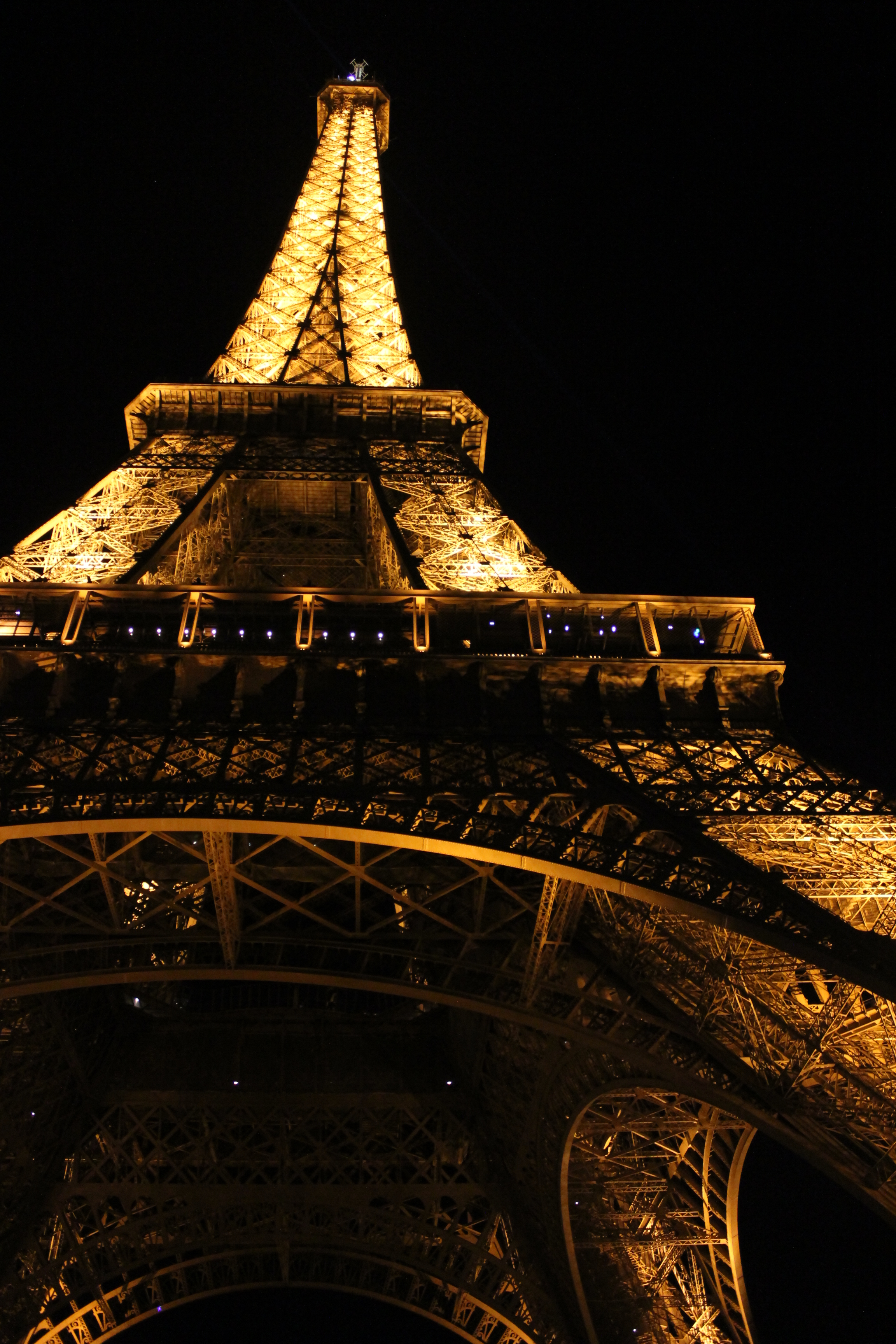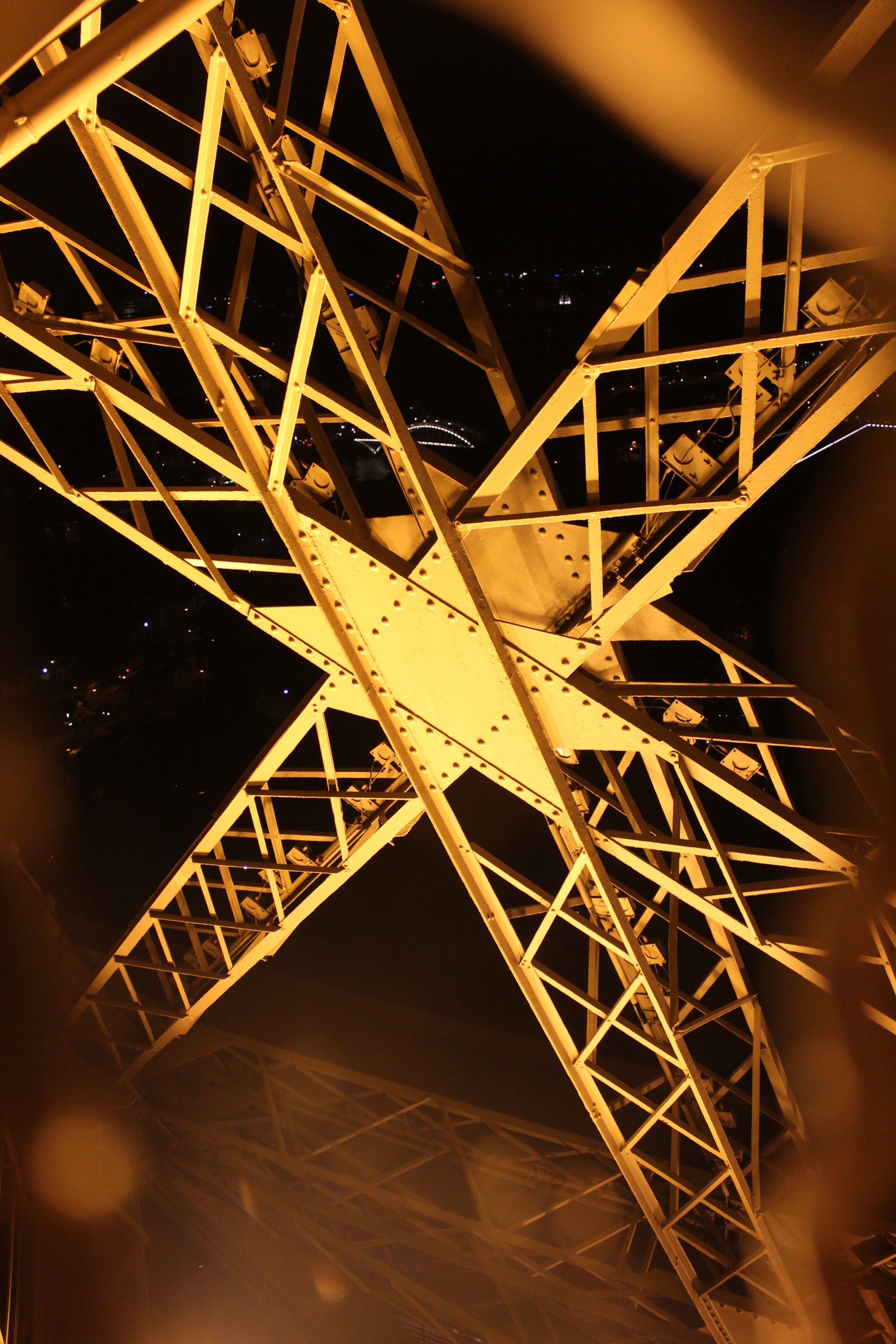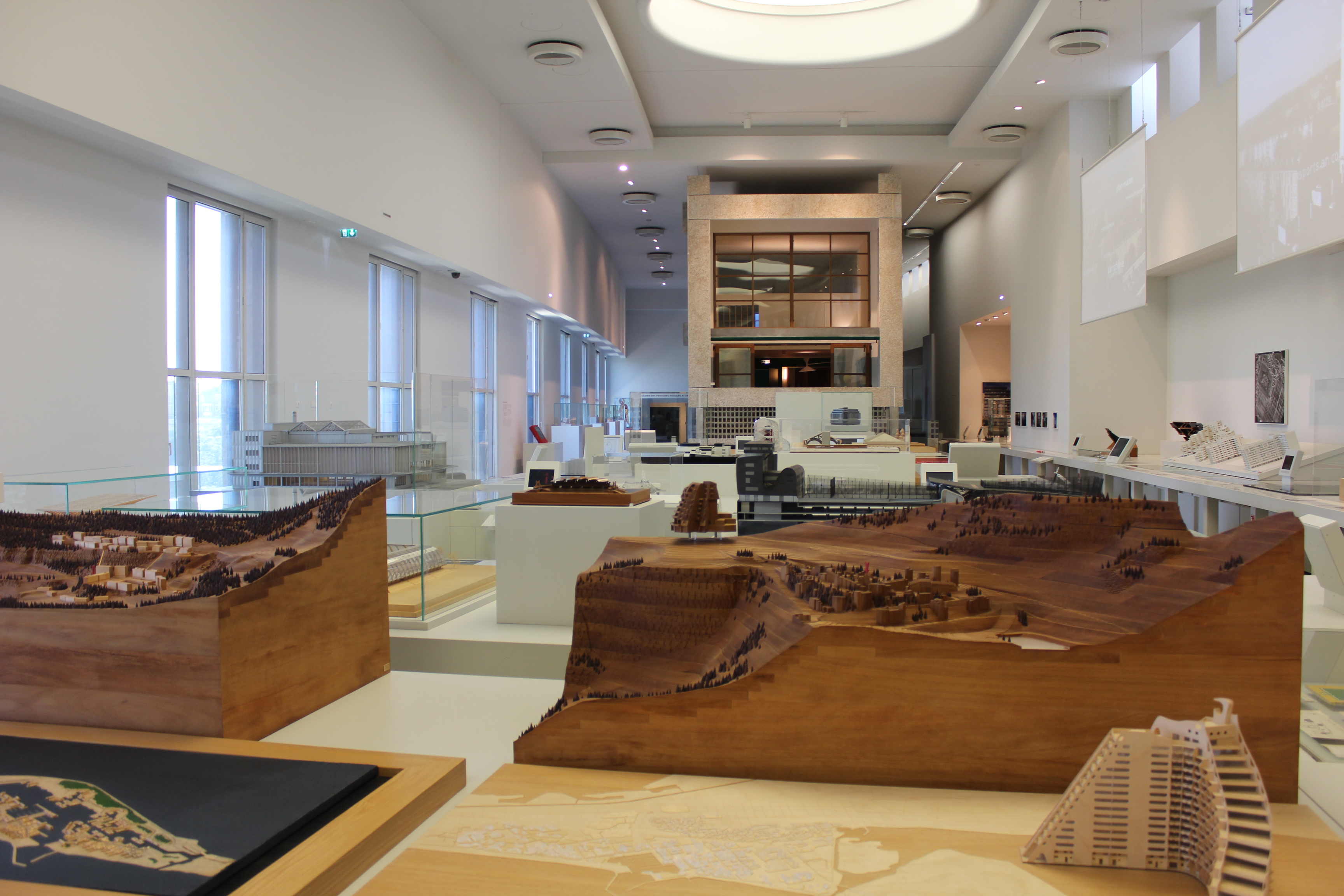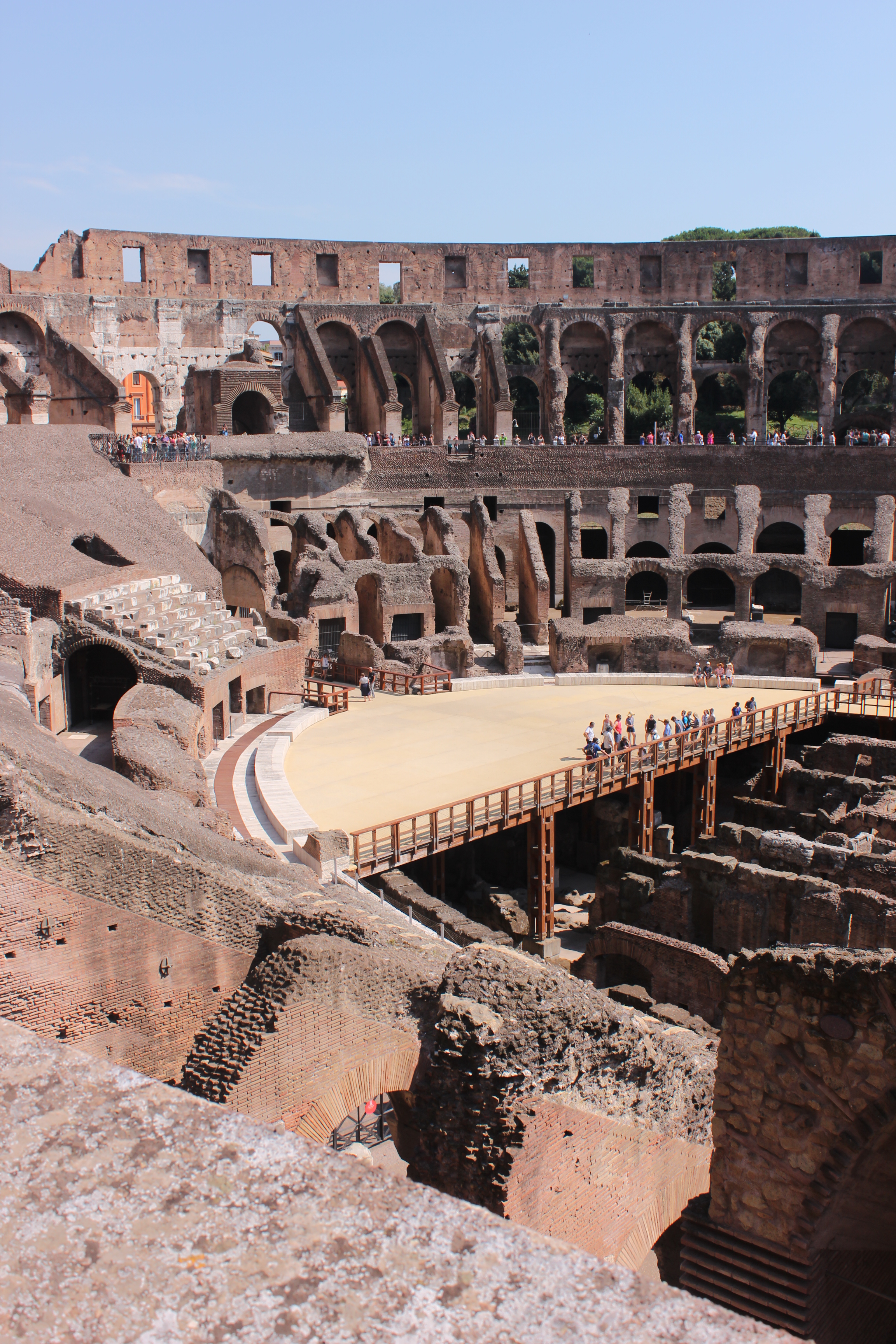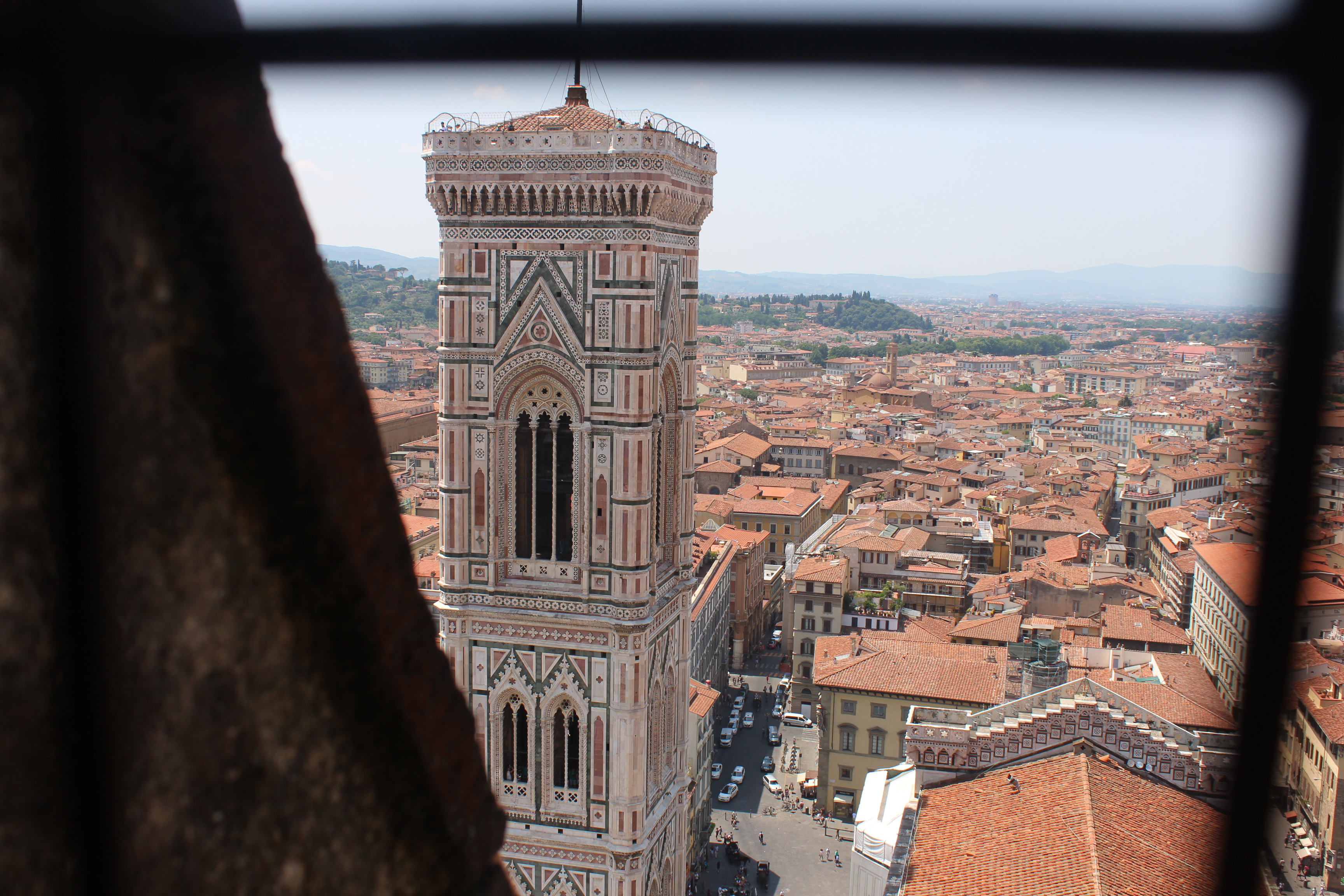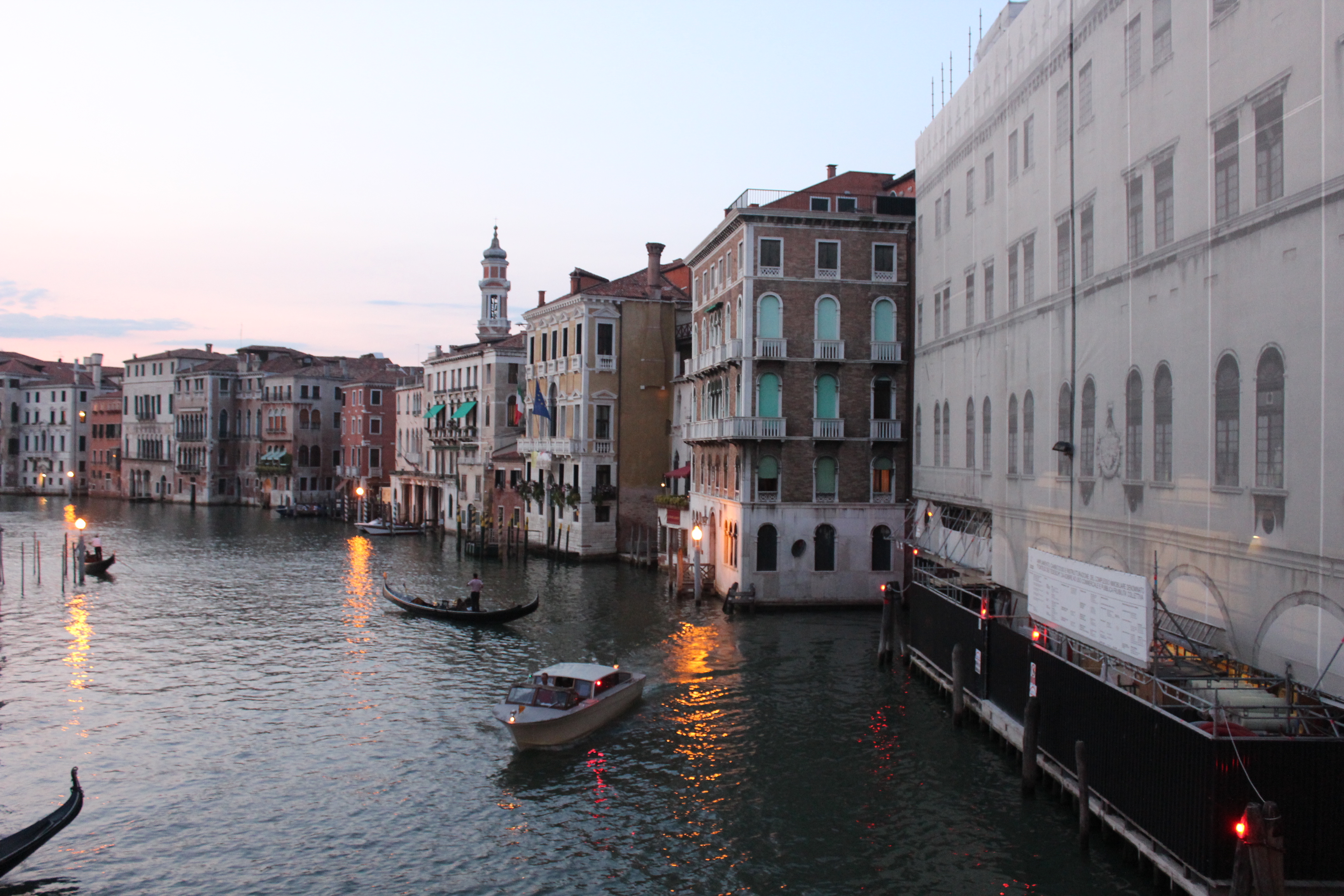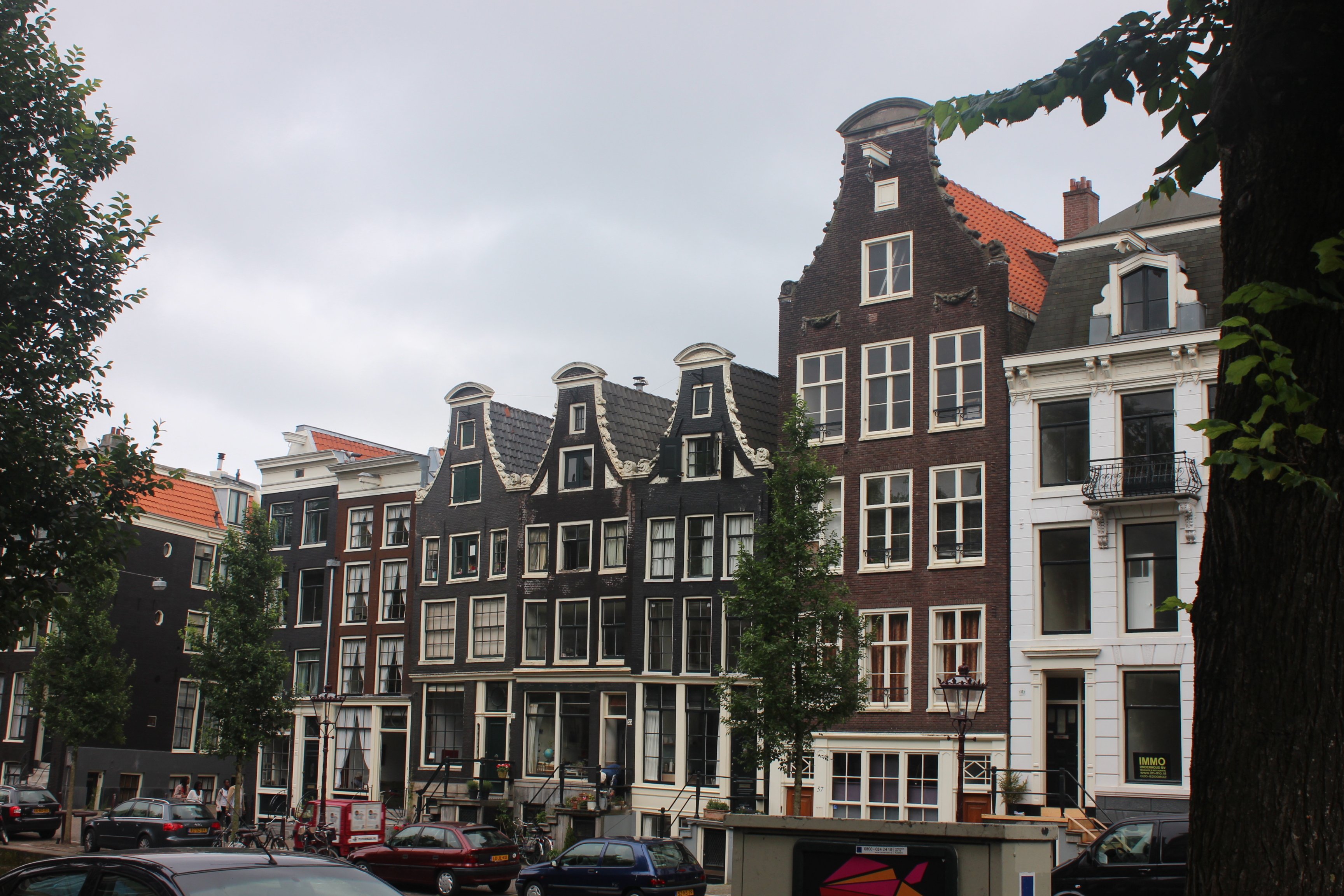Switzerland
After traveling through Southern France with my friend Grace, we met up with our friend Haley who was studying in Switzerland for the summer. She was living in a tiny little Swiss town. And by tiny, I mean TINY. The study abroad program doubled the population of the town! It was so cute and charming and Switzerland was everything I dreamed it’d be. Beautiful mountain vistas and cowbells, lots of cowbells.
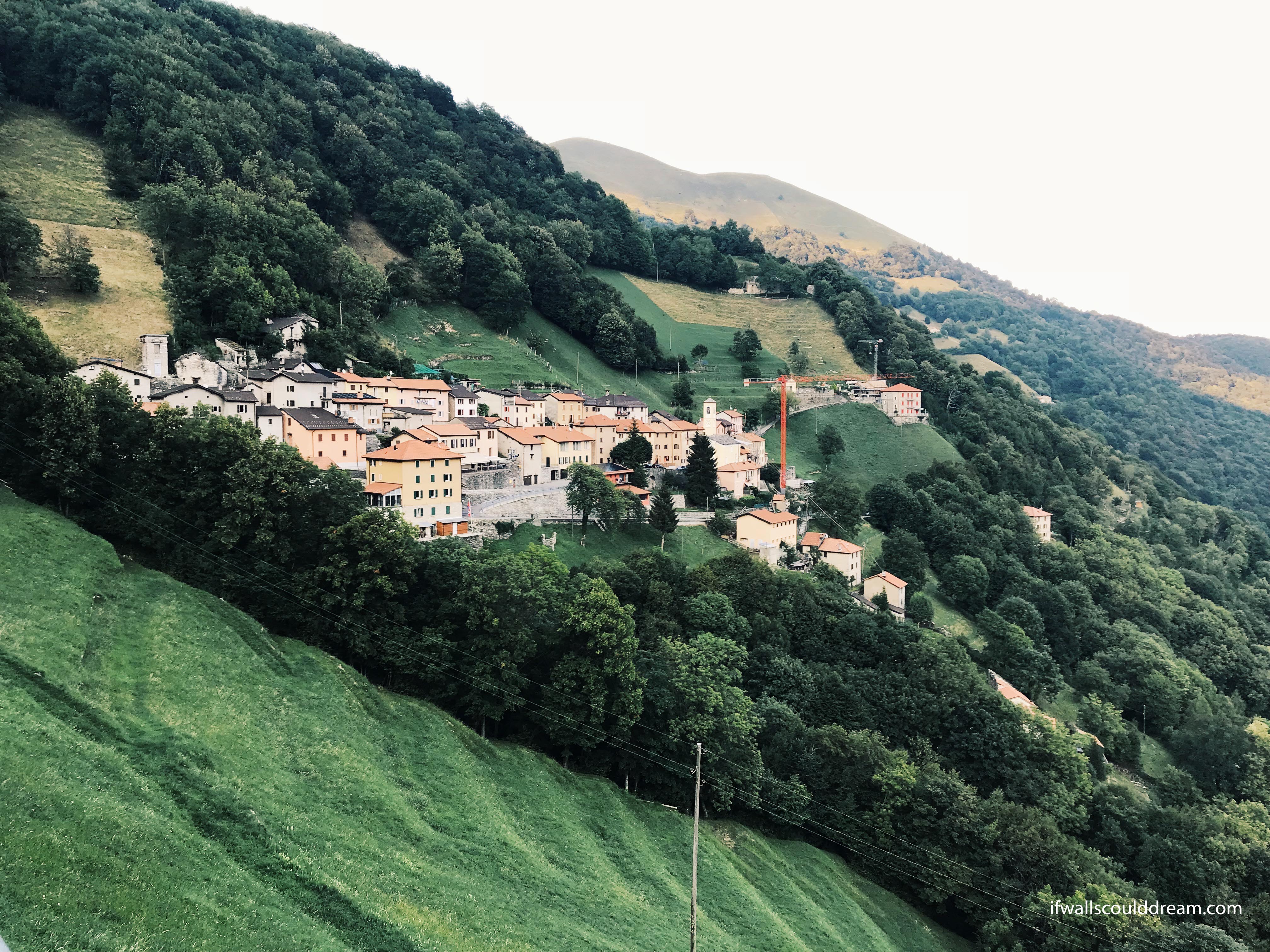
We went on a hike to Monte Generoso. If you read my post about the Calanques in Cassis, France it was kind of like that but ten times longer and steeper and more beautiful! Swap tourists for cows and beaches for mountain vistas. It was one of the most incredible hikes of my life.
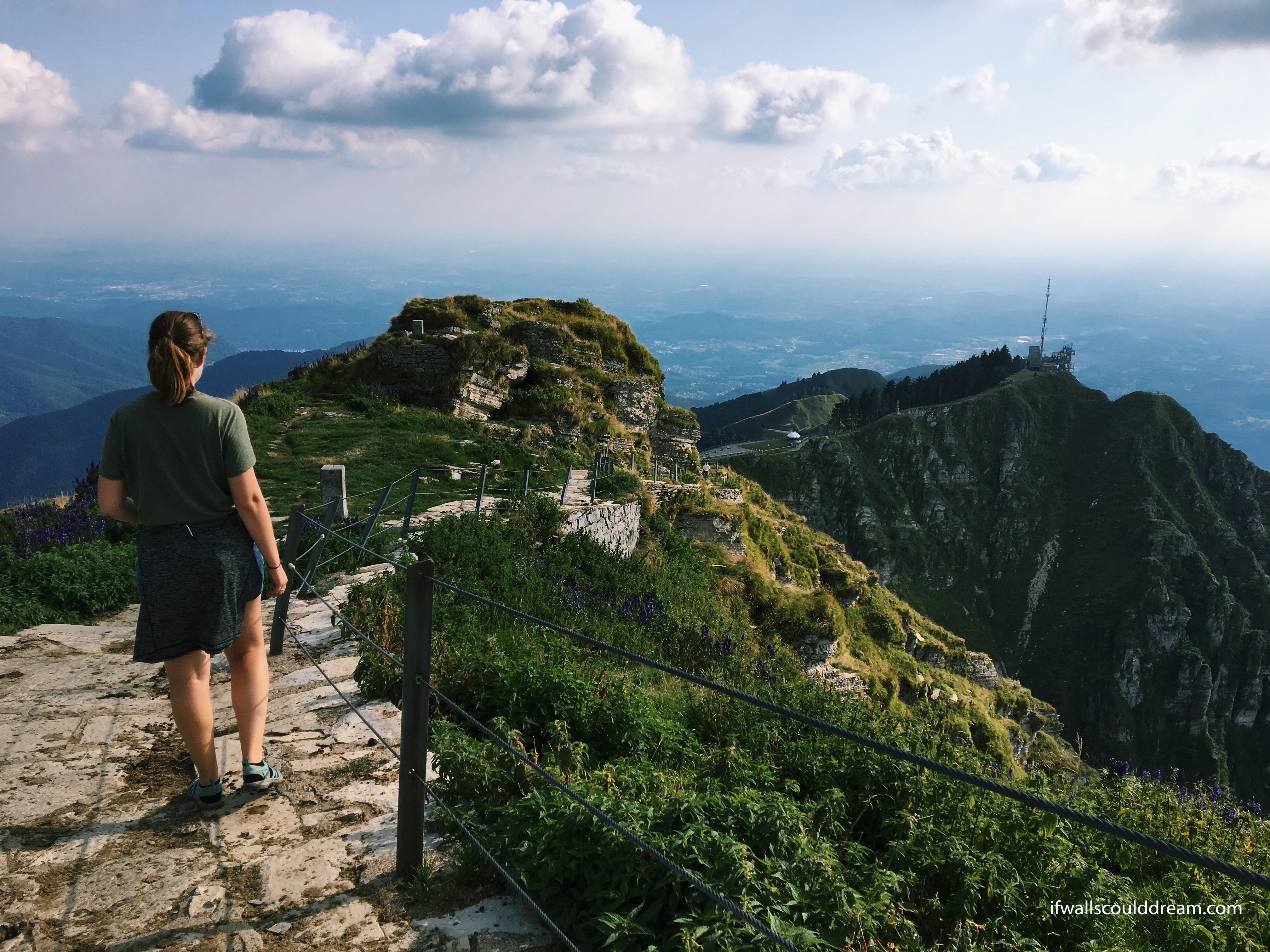
Along the way, we saw goats, sheep, cows, and lots of little lizards and bugs. The cows were my favorite. They were so peaceful and the sound of the cowbells is magical, kind of like a church bell in a gorgeous natural landscape. It’s a beautifully random yet melodic sound of movement and life as the cows graze peacefully.

We passed a few abandoned structures on our way up the mountain. We also walked through this goathouse. These were the most spoiled goats I have ever met because their house was gorgeous! I think the goatherders live in the other side of the building. I wish I could’ve talked to them because their way of life is SO different than mine.
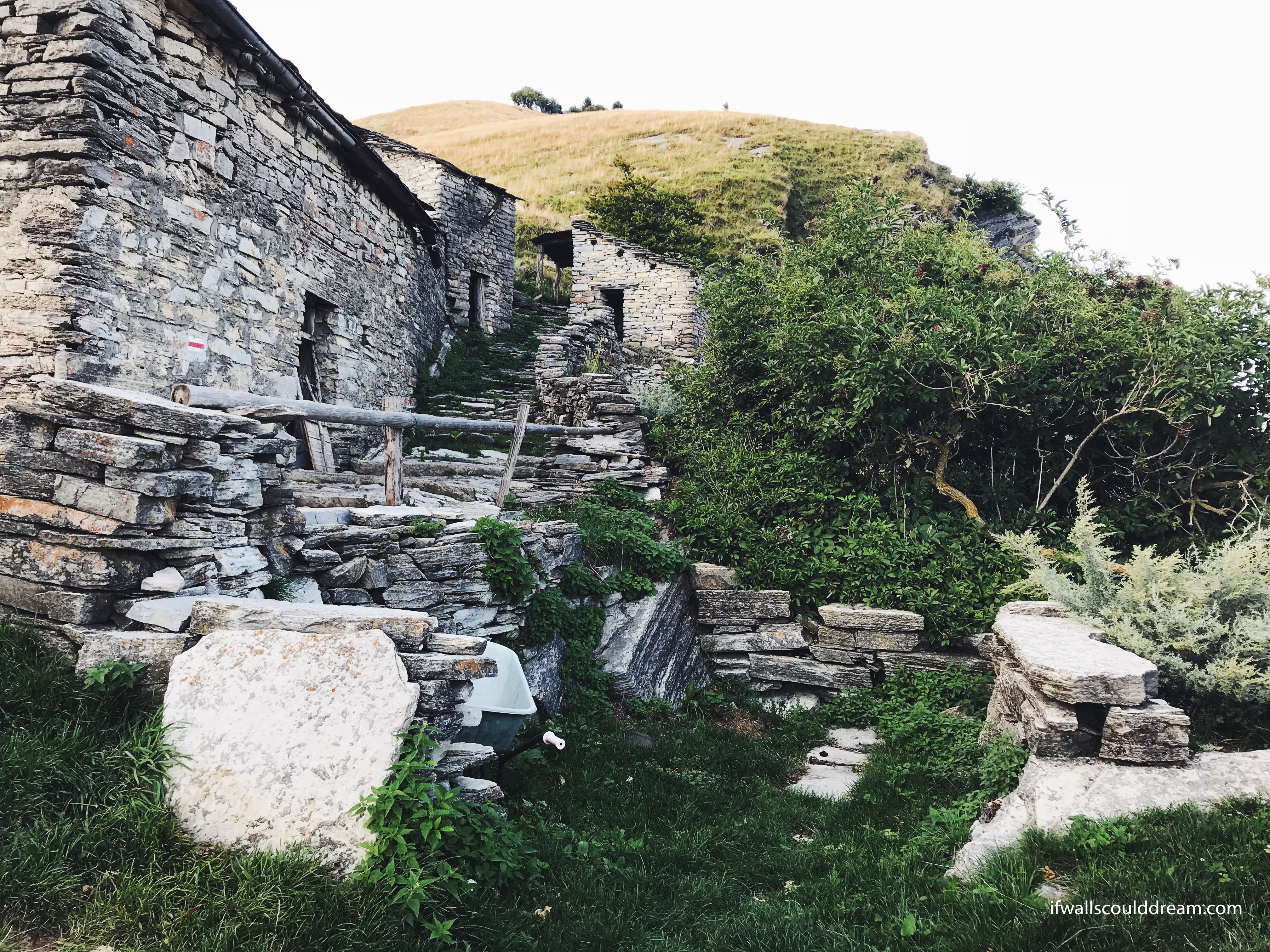
At the top of the hike, we were blessed with a gorgeous view of Lake Lugano and Como. We got icecream at the top. There was a fancy restaurant with a little guest store and museum thing about the history of Monte Generoso and a very expensive tram so their guests didn’t have to hike like we did!
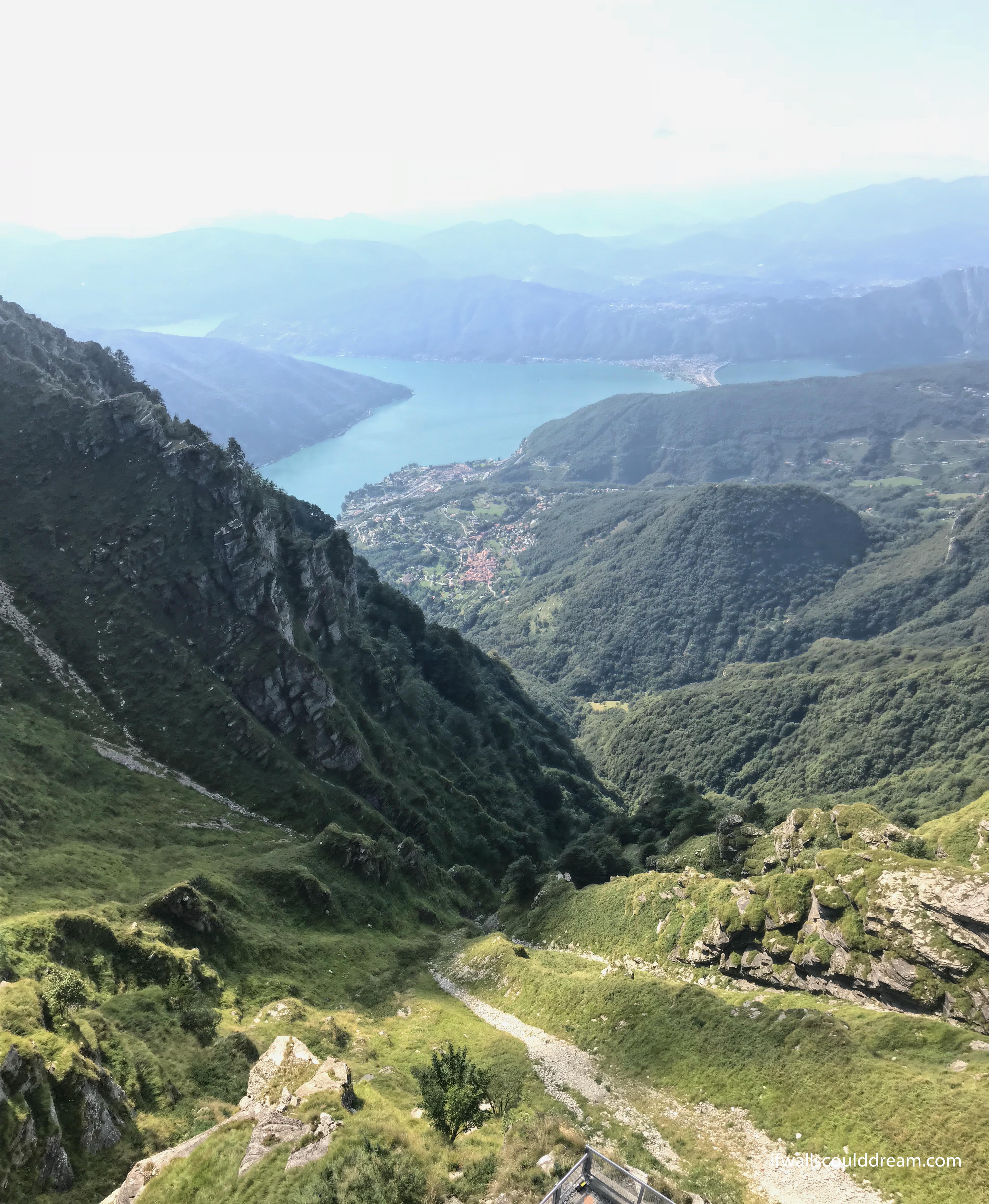
Switzerland was so beautiful and a perfect way to end our trip. It was so nice to get away from busy, touristy spots and get some fresh air.
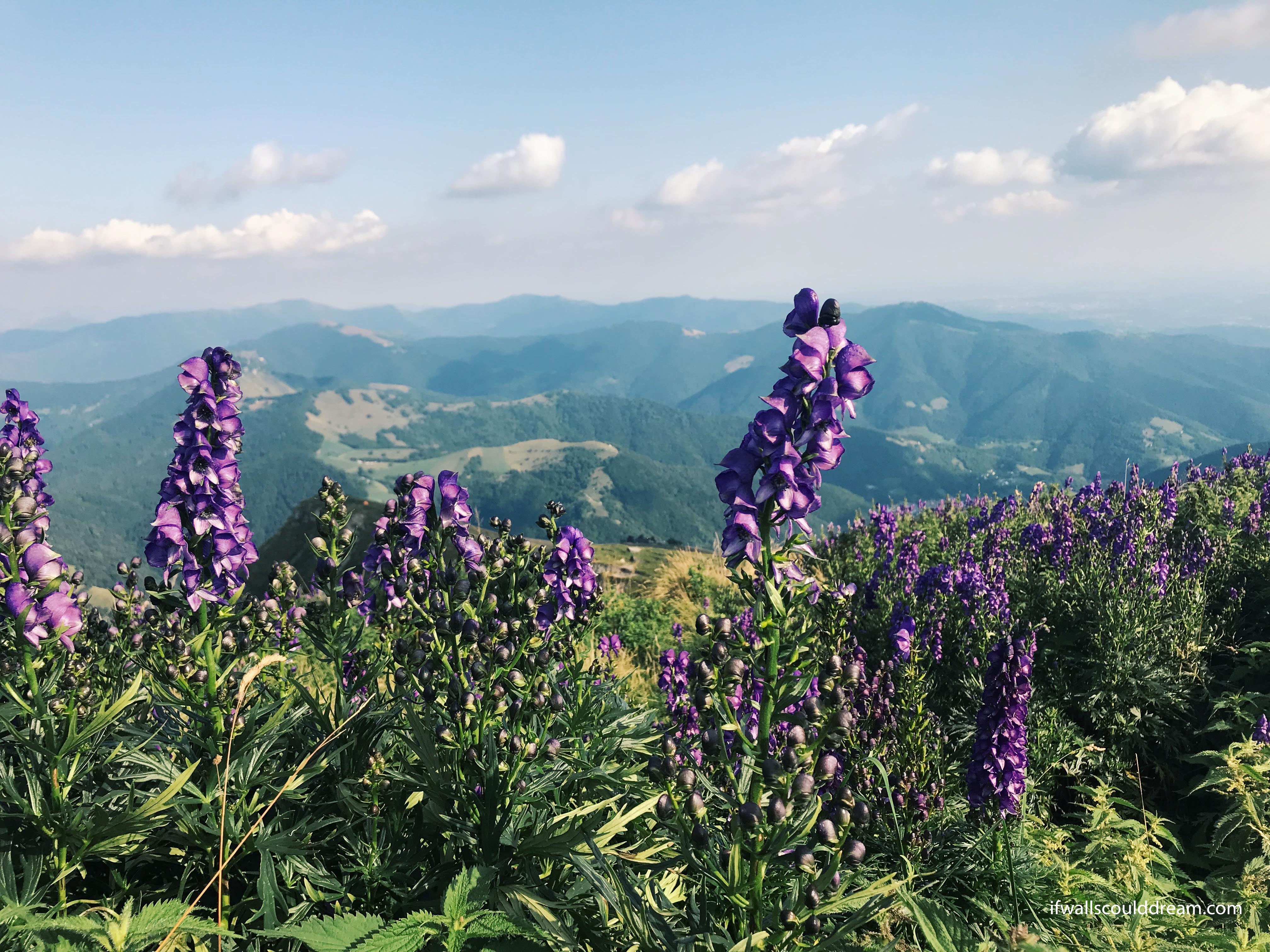
I love Switzerland!
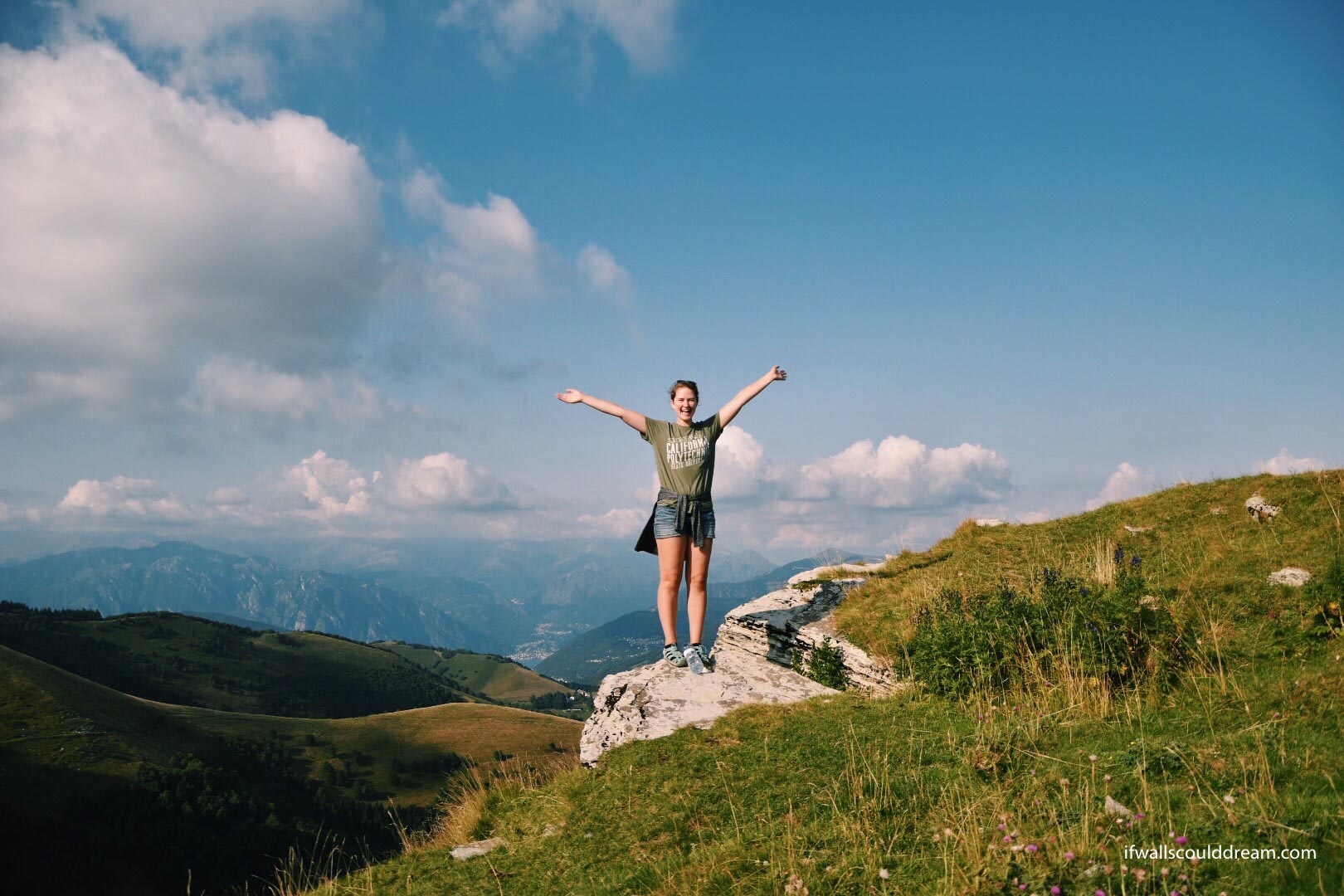
If walls could dream… they’d dream of hiking up beautiful mountains in Switzerland.
St Paul de Vence
After our train breaking down on the way from Cassis, we finally made it to St Paul de Vence! This small, hilltop medieval town in Southern France was a gem. It was more touristy than I would’ve wanted but the architecture and views were incredible!
Our Airbnb had a rooftop terrace with the most incredible view! You could see the ocean and the countryside was so beautiful. The hostess had cats as well and they were so sweet.
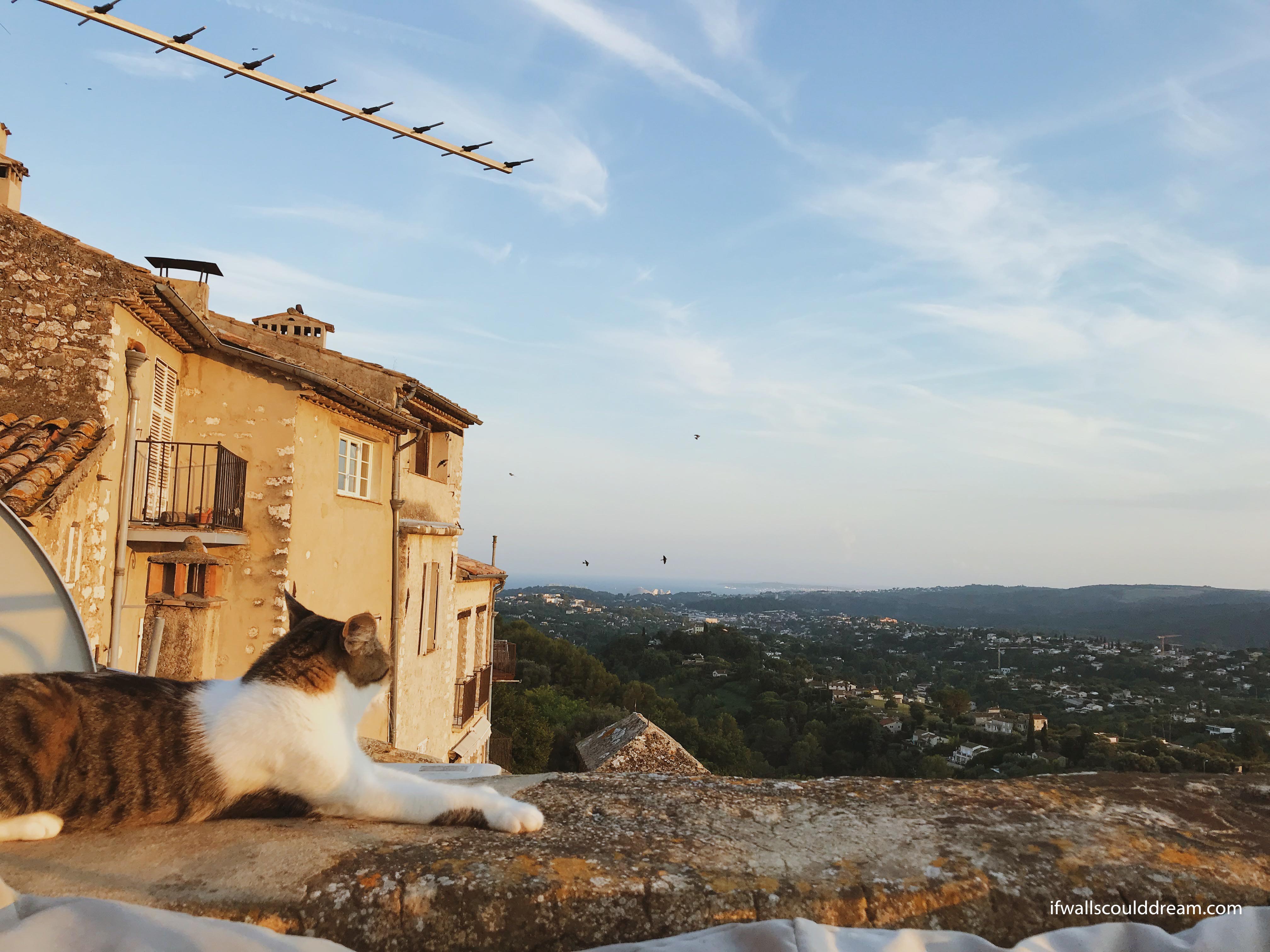
St Paul de Vence was such an adorable town. There were flowers set into the paving around the town – how cute!

The town was full of cobblestone, plants, and art galleries! We had so much fun wandering the narrow streets, sketching, and looking at art.
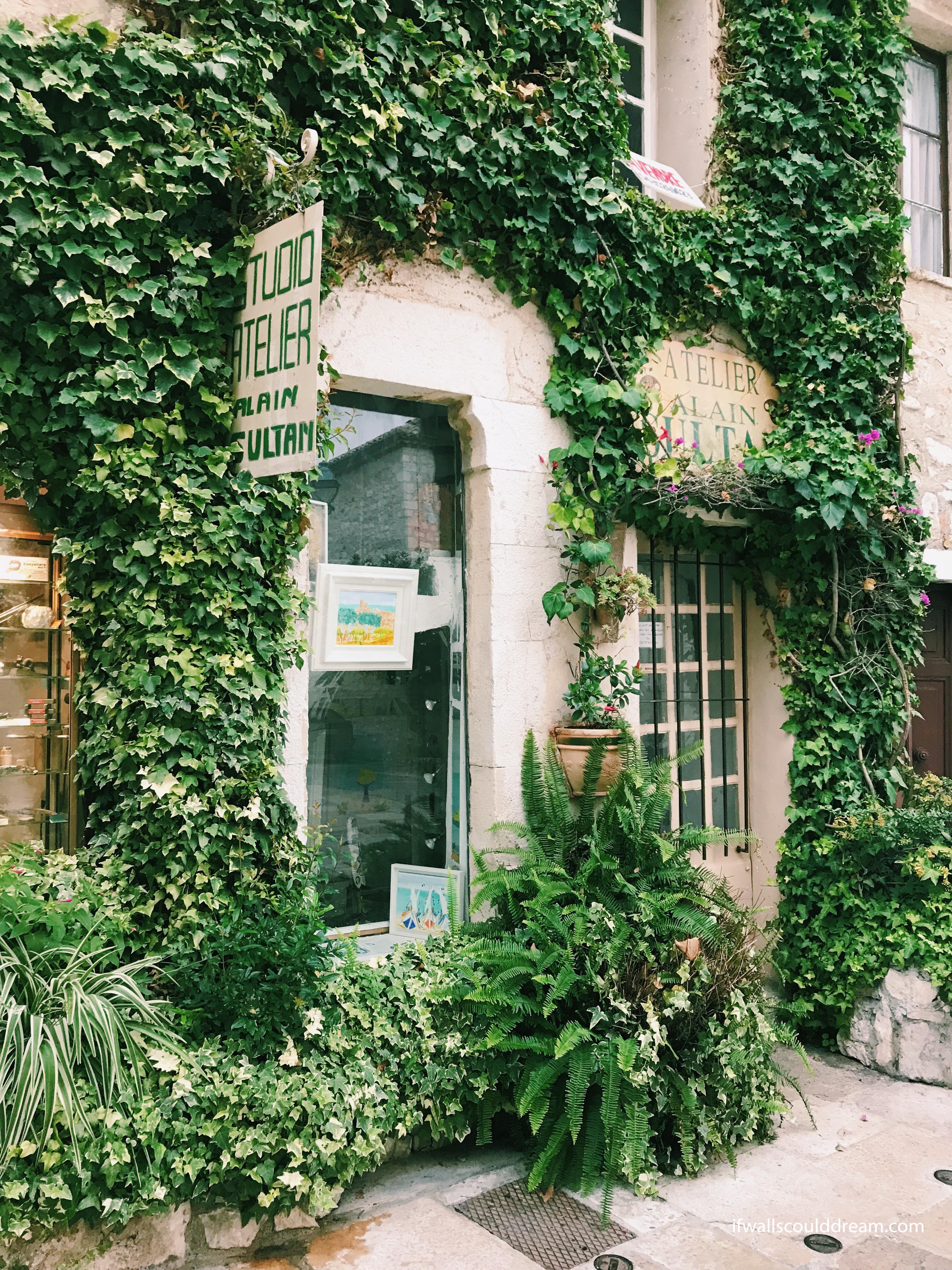
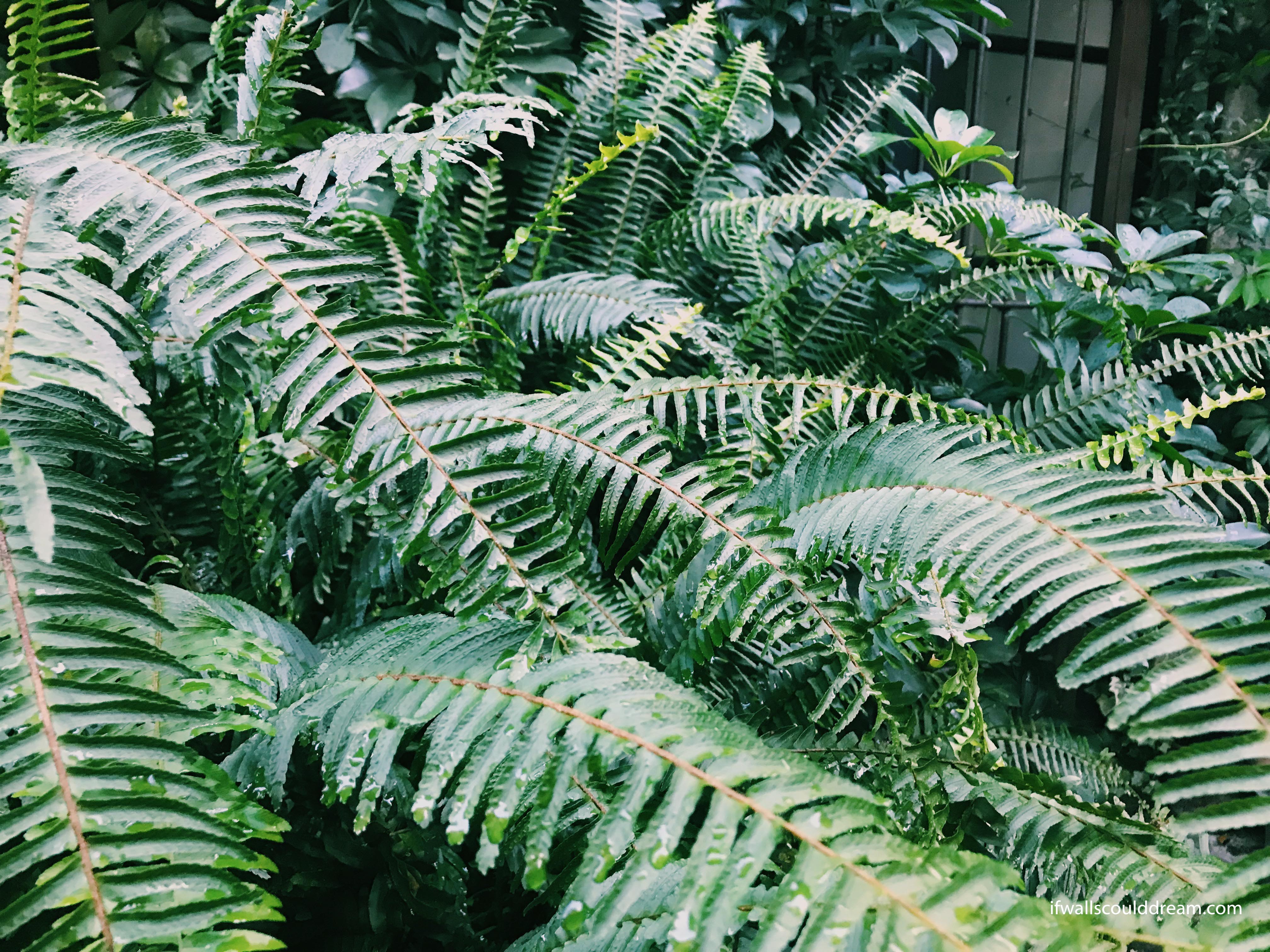
There was so much history in the town and I loved all the old buildings. On the last day, we had dinner at a really good Italian place (Italian food in France, ironic right?) and it was the perfect way to celebrate the end of our trip through Southern France.
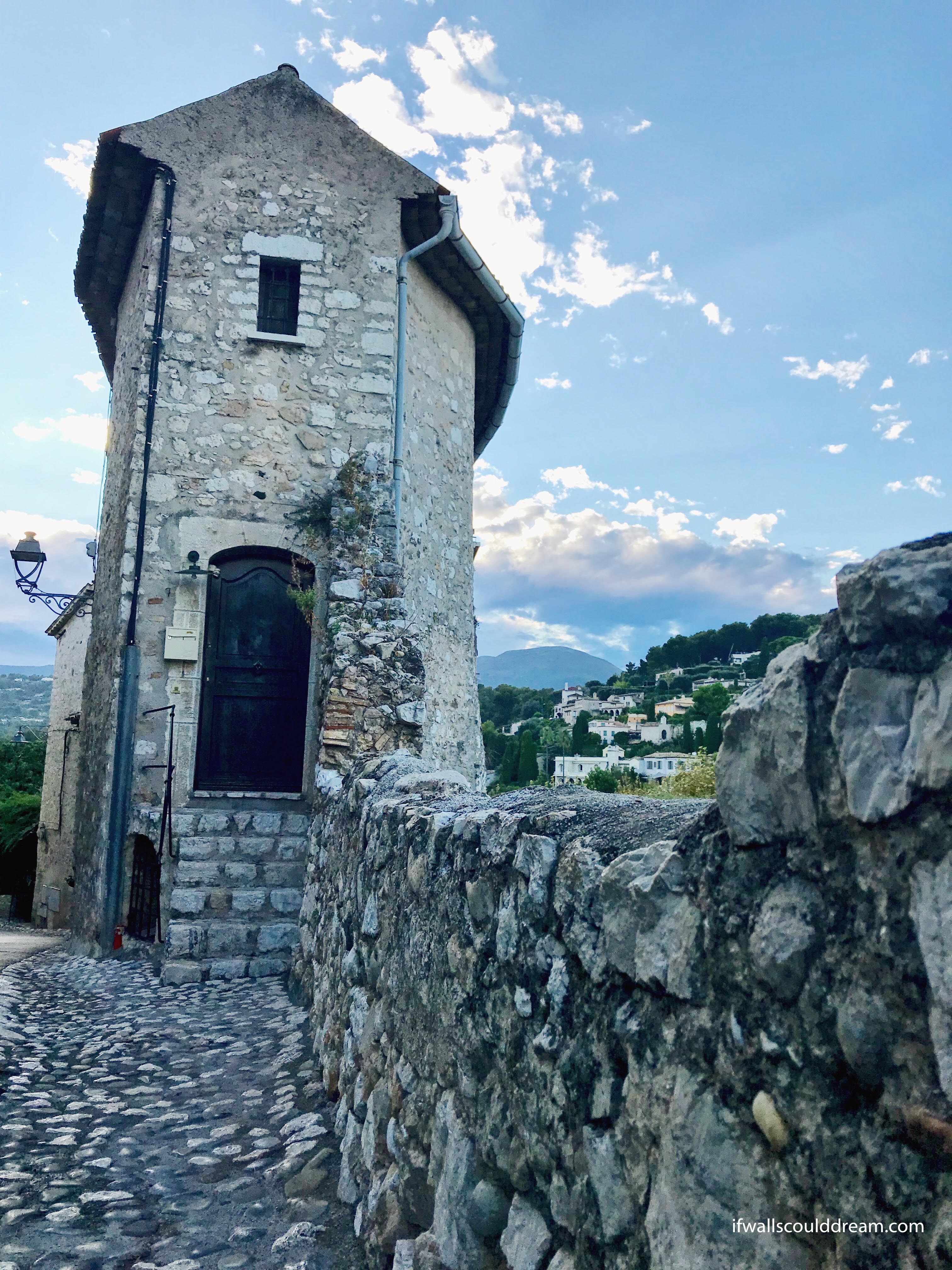
If walls could dream… they’d dream of looking out over the French countryside from a historic medieval village.
Cassis
After Avignon, we continued along the coast of Southern France to Cassis, a super cute beach town. It’s a popular vacation spot so it wasn’t as local French as we had hoped, but the hiking was so gorgeous!
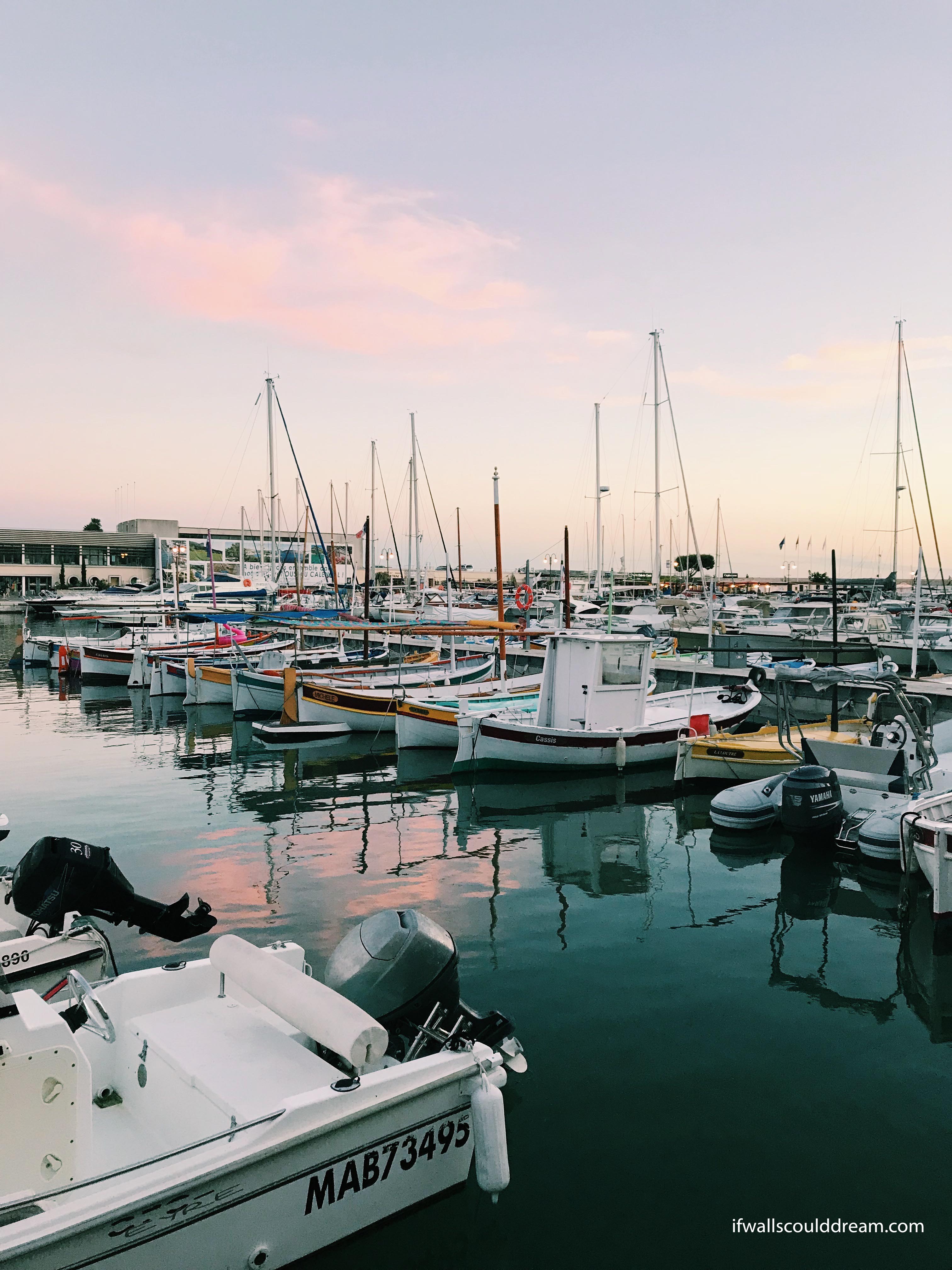
Our AirBnb was a tiny hostel, like the tiniest place I have ever seen but so cute. We met people from all over – Spain, Germany, New Zealand, and Brazil – in just the two days we were there.

We hiked out to the Calanques. It was a pretty long and hilly hike, but the views and beach were so worth it! Make sure to bring a lot of water if you go. I had two giant bottles, one of them frozen, and drank both! If hiking isn’t for you, you can get to the Calanques by boat, kayak, or even stand-up paddle board!
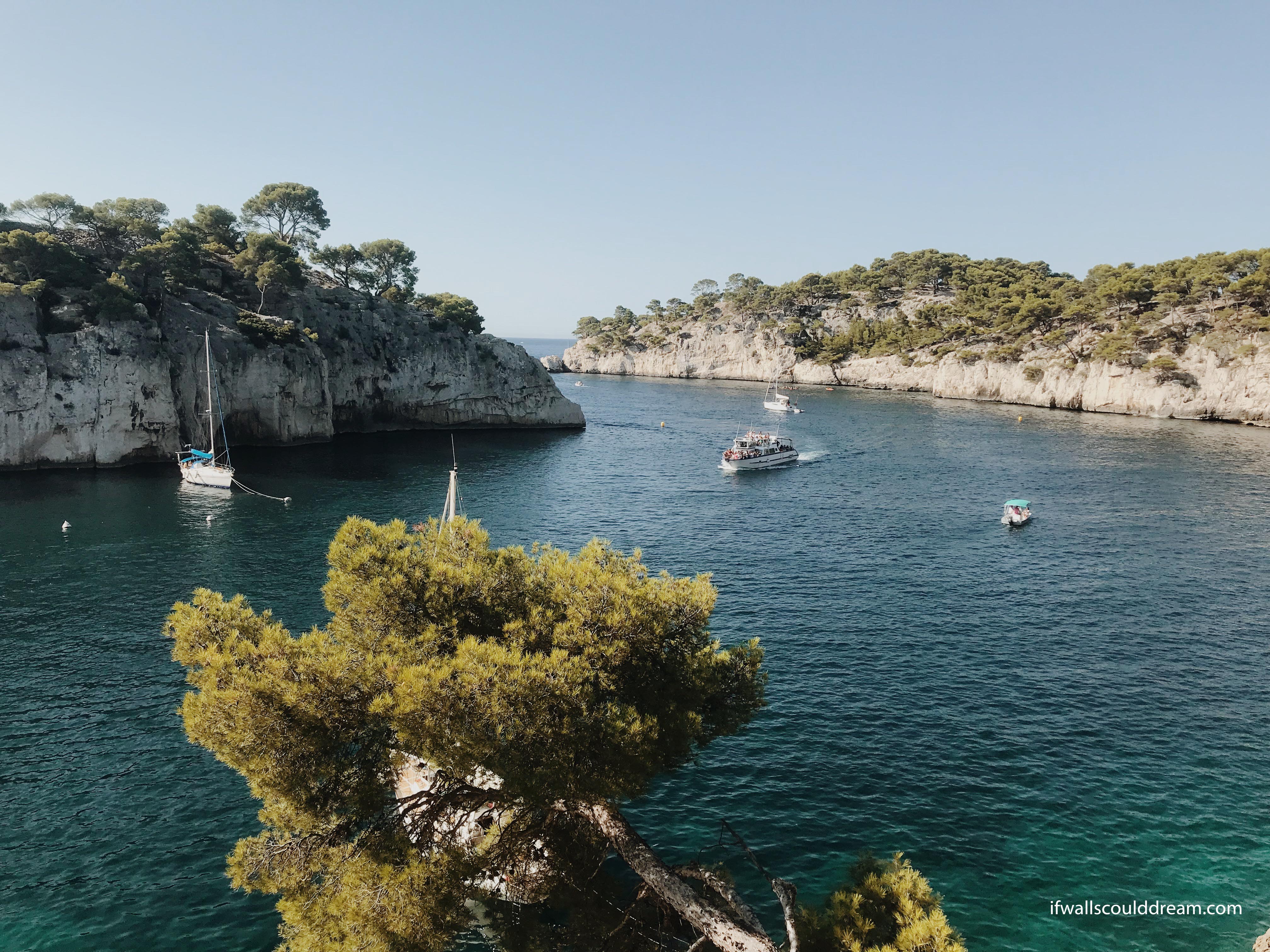
We hiked straight out to Calanque d’en Vau and, as you can see, it was very popular! The water was so nice and we packed a delicious picnic.
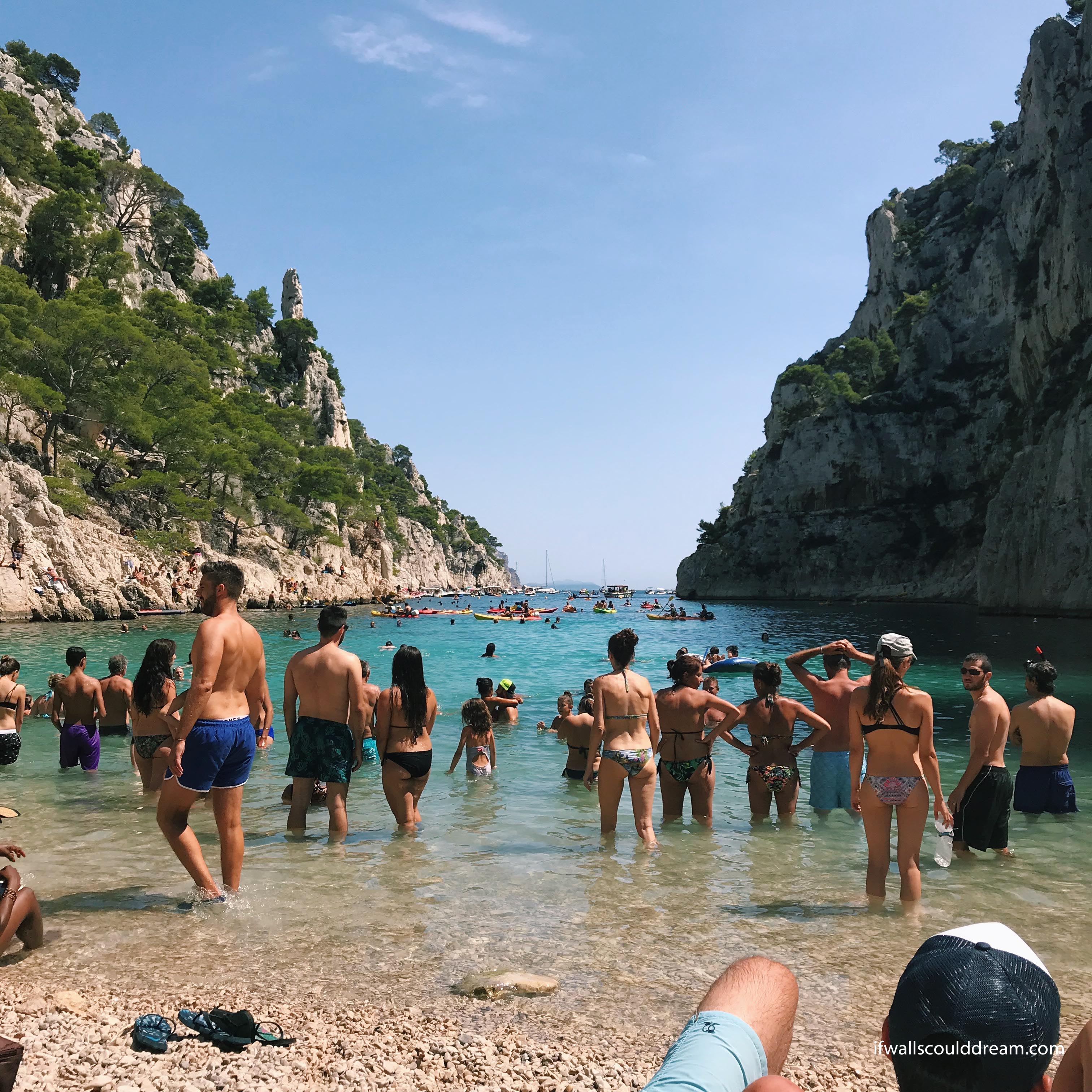
We took the train throughout most of our trip. The trains in France are less reliable than other countries. We dealt with a few stressful train delays or rescheduling, but the craziest story is that when we were on our way from Cassis to St Paul de Vence, our train had an electrical failure and we had to get out and walk to the station! Good thing we were pretty close! It only took like five minutes to get there but it was quite the experience!
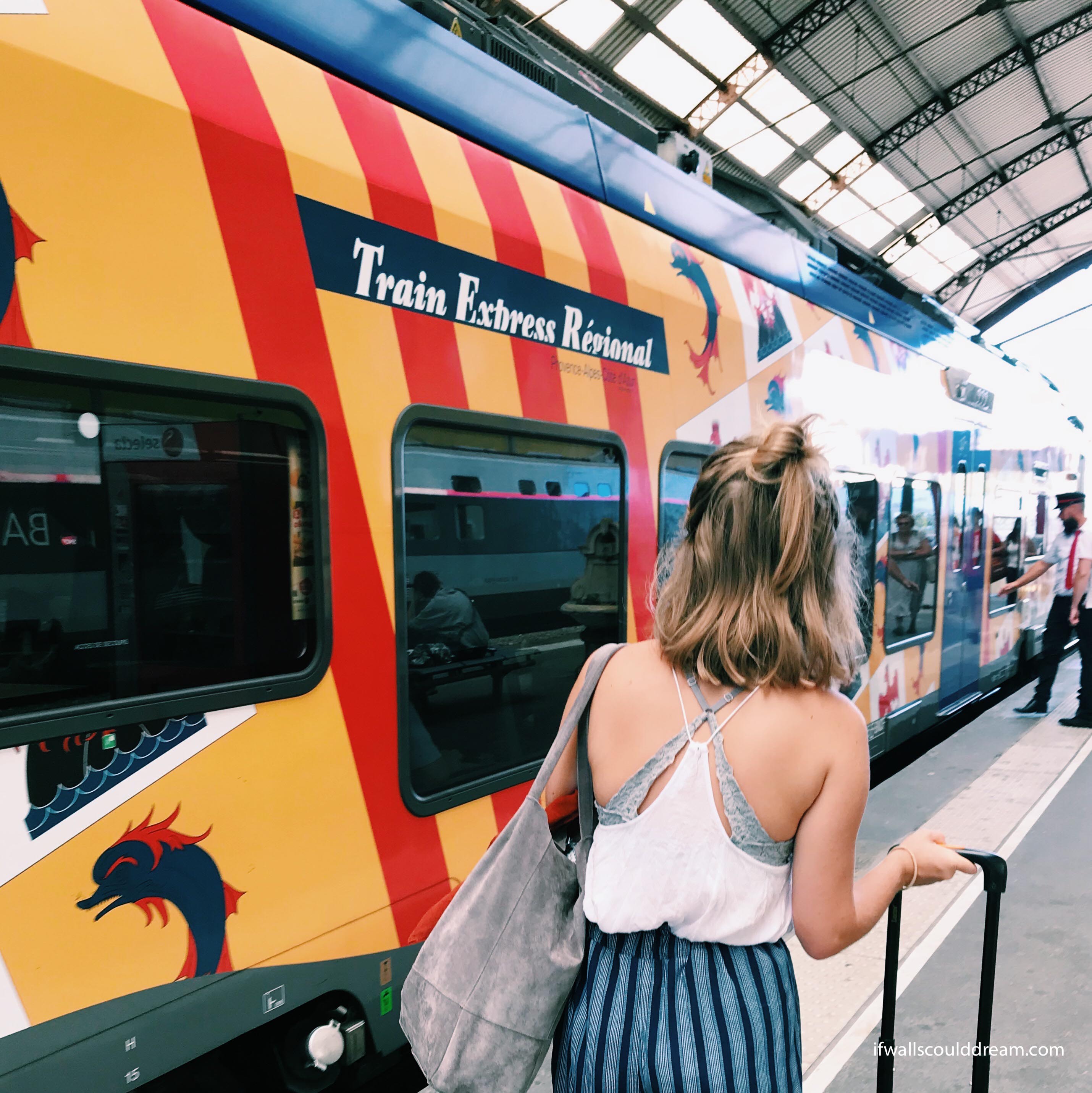
If walls could dream… they’d dream of hiking to beautiful French beaches!
Avignon
After visiting Barcelona, we went to Avignon, France. We took a bus instead of a train because it was cheaper and, honestly, it was such a fun way to go! It took longer but it felt more like a road trip. We stopped at a French rest stop on the way and got baguette sandwiches!
Avignon was such a cute little town with beautiful, historic medieval walls on the Rhone. We had fun watercoloring, exploring, and eating baguettes!
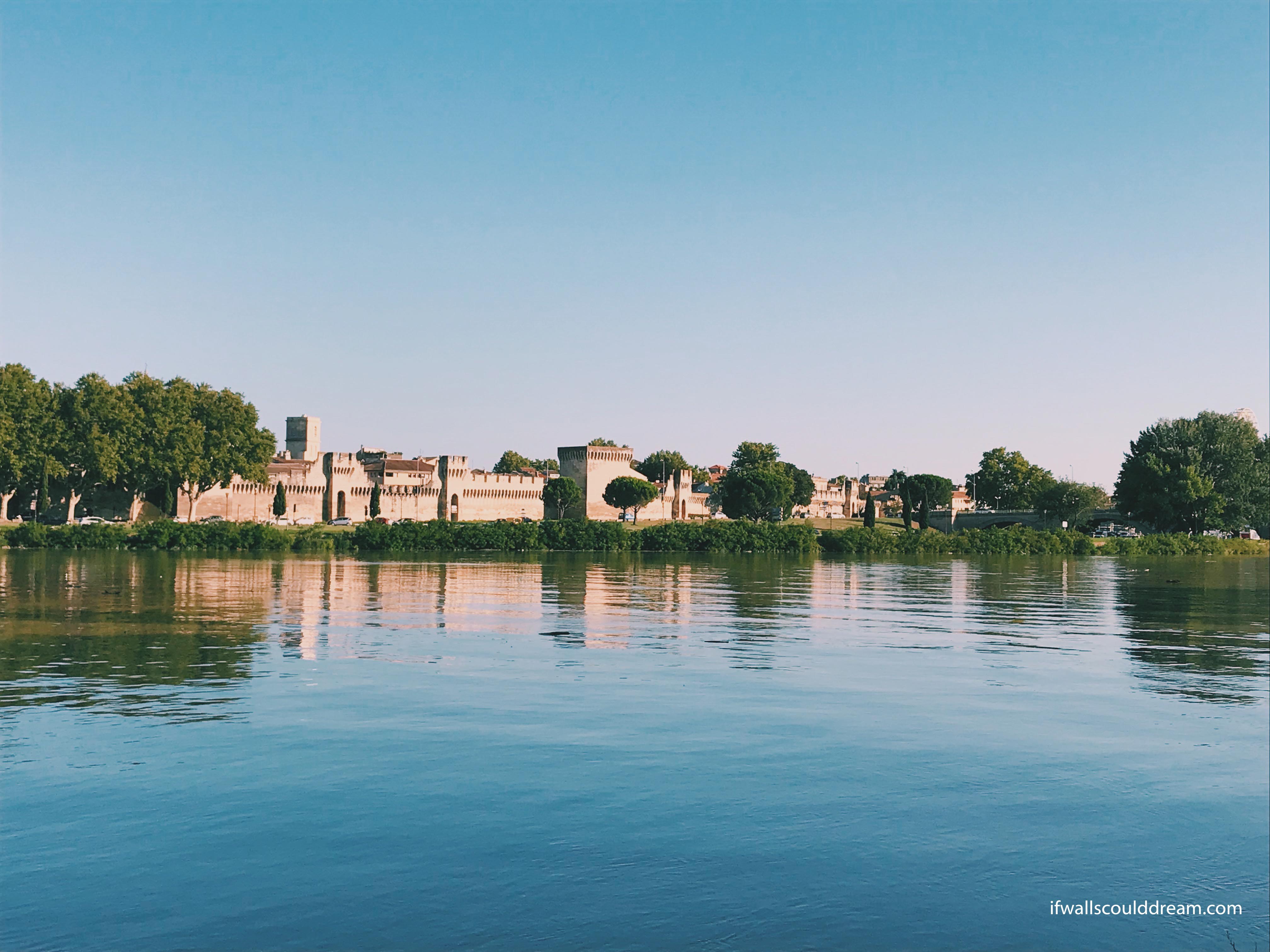
We got breakfast every morning at this indoor market by our AirBnb and they had the most delicious pastries! It was so fun to test out our memories of high school French and try to order in French.
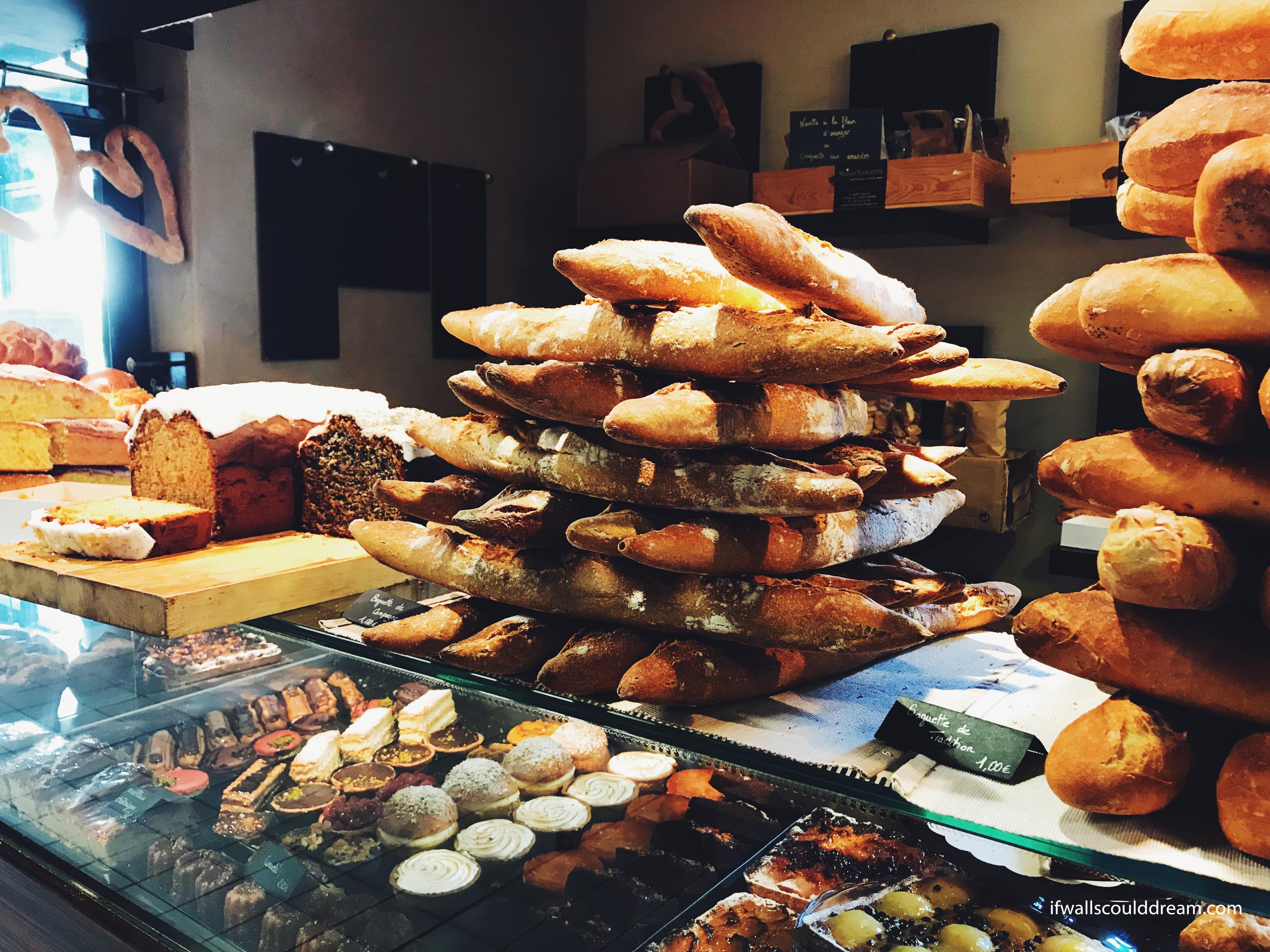
We wandered around the town, the medieval streets, and happened upon a lot of cute buildings and churches such as this one.
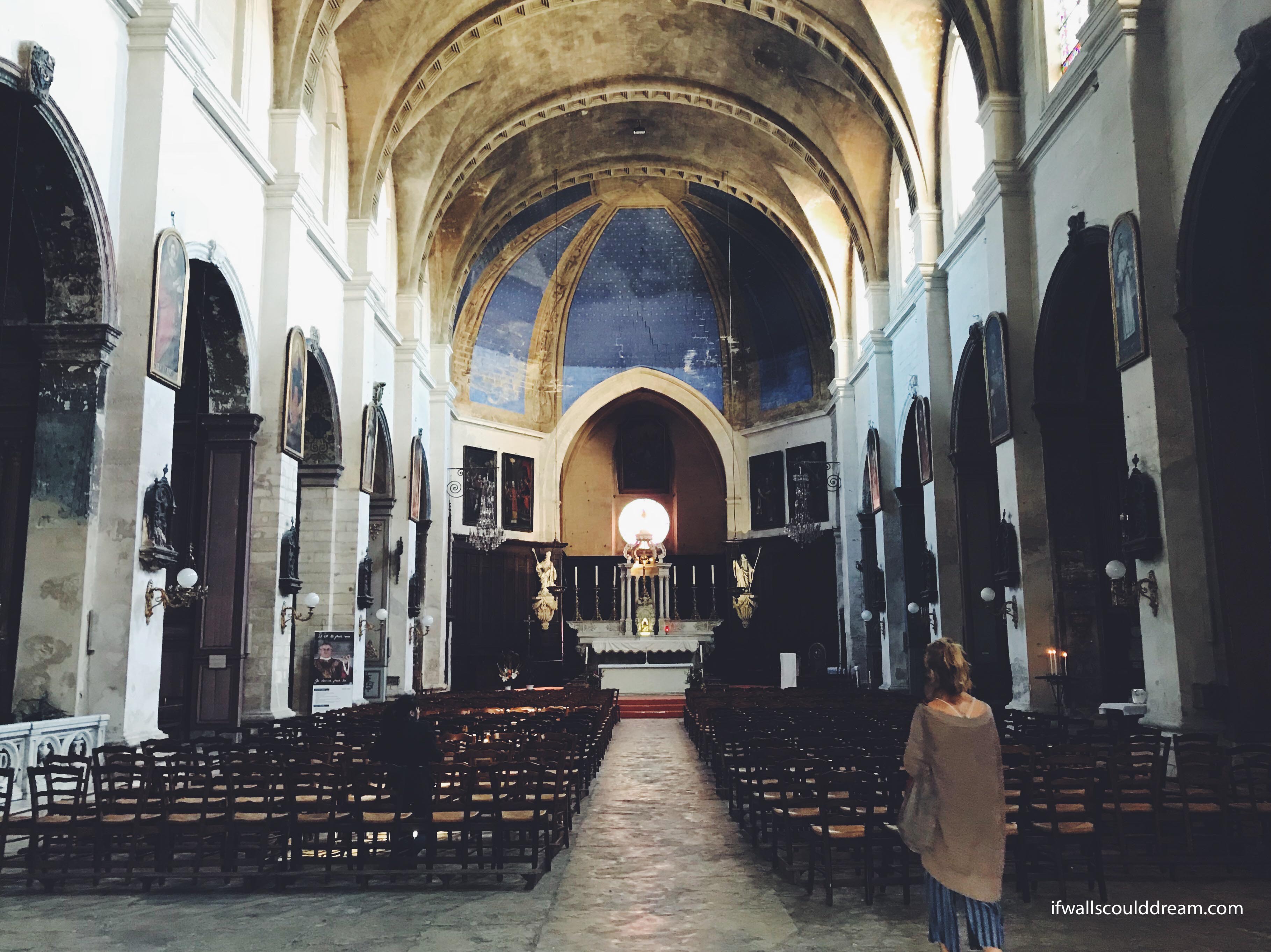
My favorite part of Avignon was a cat cafe we went to! I hadn’t been to a cat cafe before but it was so much fun! It’s just like a regular cafe but they have cats there you can pet!! They were so cute and friendly. I would definitely recommend anyone who isn’t allergic to cats to go to one!
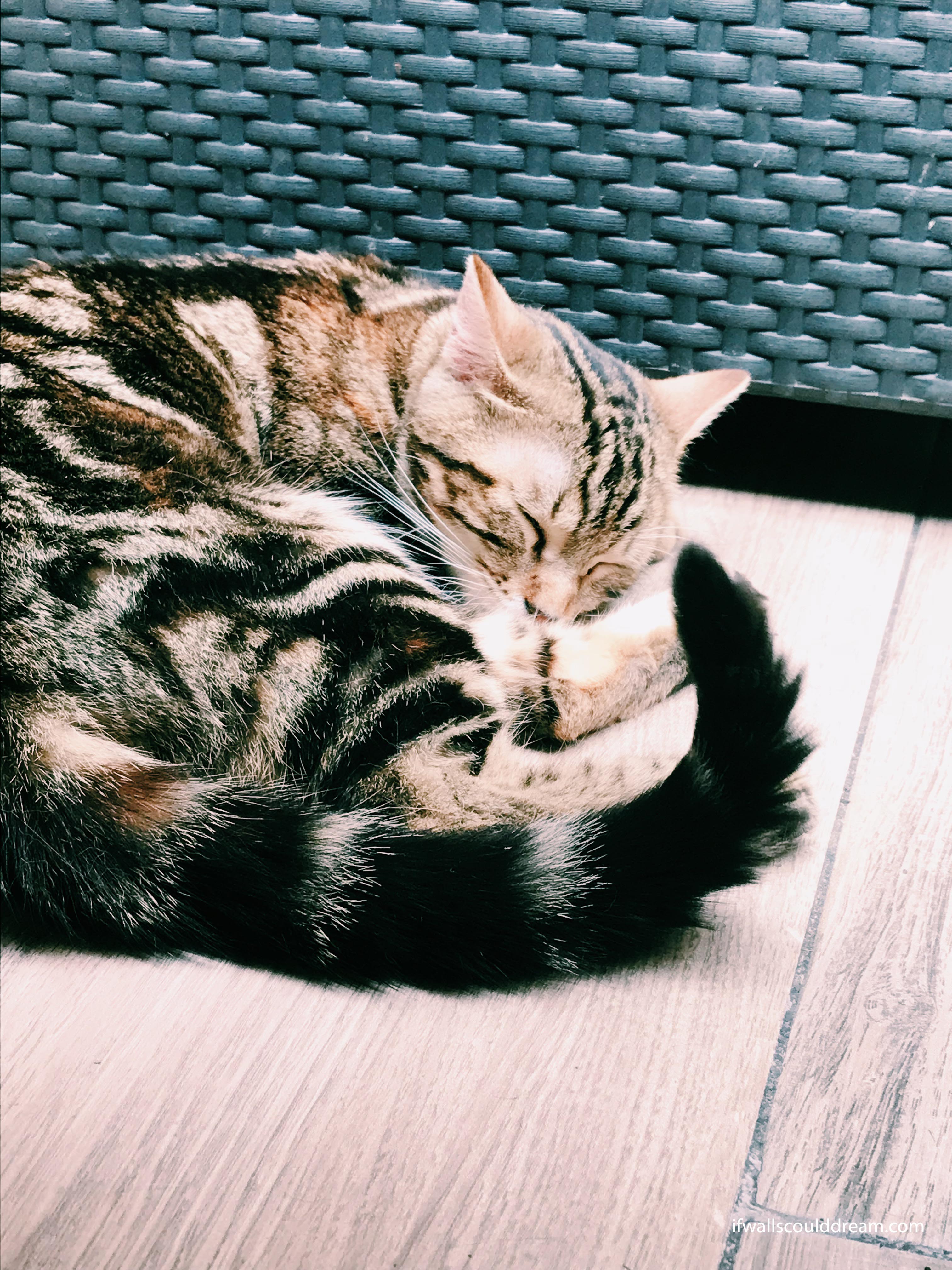
If walls could dream… they’d dream of cat cafes!
Barcelona
This summer, I spent two weeks traveling with my friend Grace before going to Copenhagen to start my study abroad experience. We started in Barcelona and there were so many wonderful buildings to see! We knew we wanted to see Southern France and Barcelona was the cheapest place to fly into near there, but I’m so glad we got to spend some time there!
La Sagrada Familia
First, we went to La Sagrada Familia by Gaudi. It is cool from the outside and unlike any other church I’ve seen but the inside is what’s really breathtaking. If you visit Barcelona, you have to go inside! You’ll need to reserve a ticket online but it is well worth it (just remember to print your ticket, don’t just have it on your phone!)
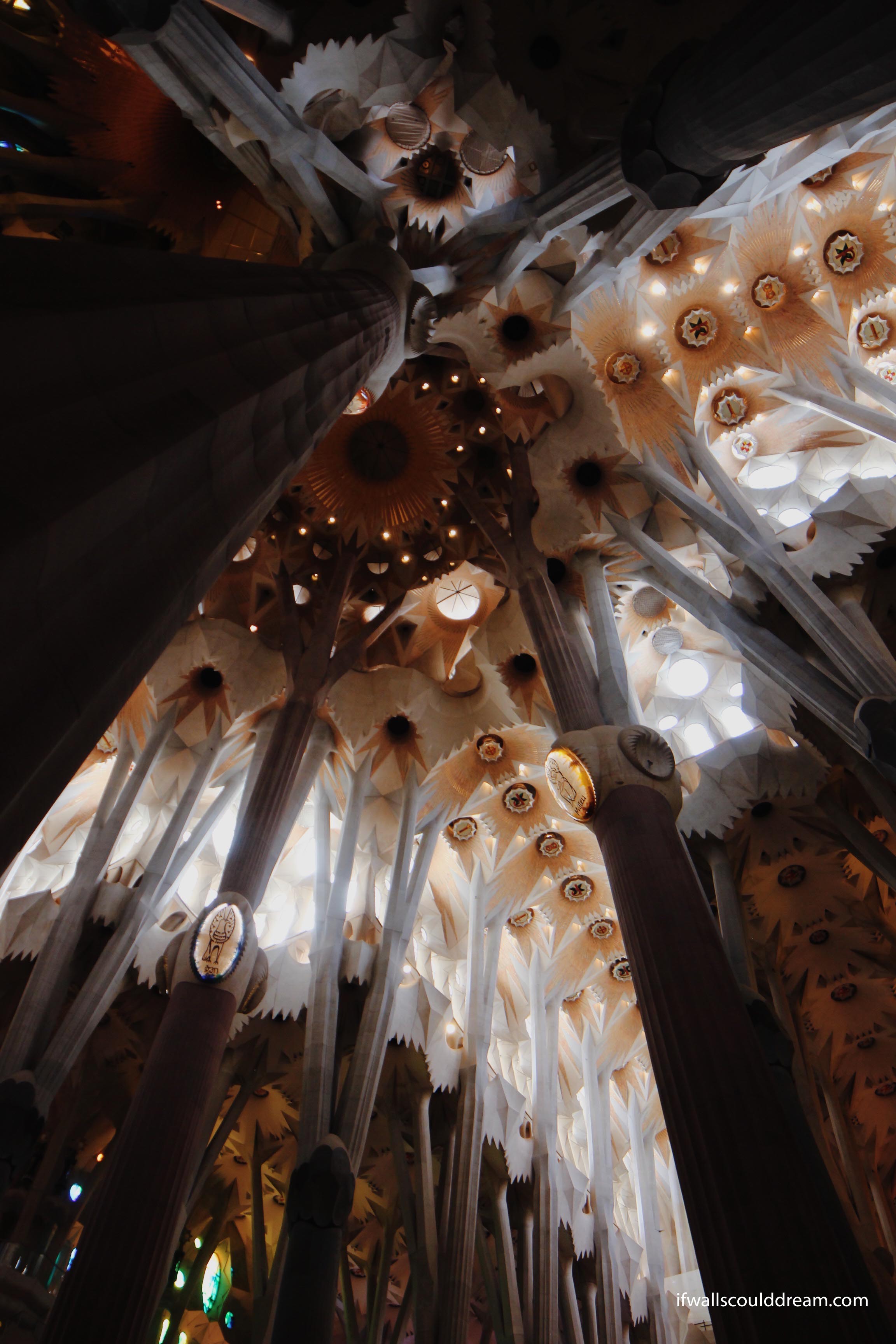
The details in this church were so incredible. I don’t know how Gaudi came up with it because it is unlike anything I’ve ever seen before. Even the way the columns branch out into smaller columns at the top.
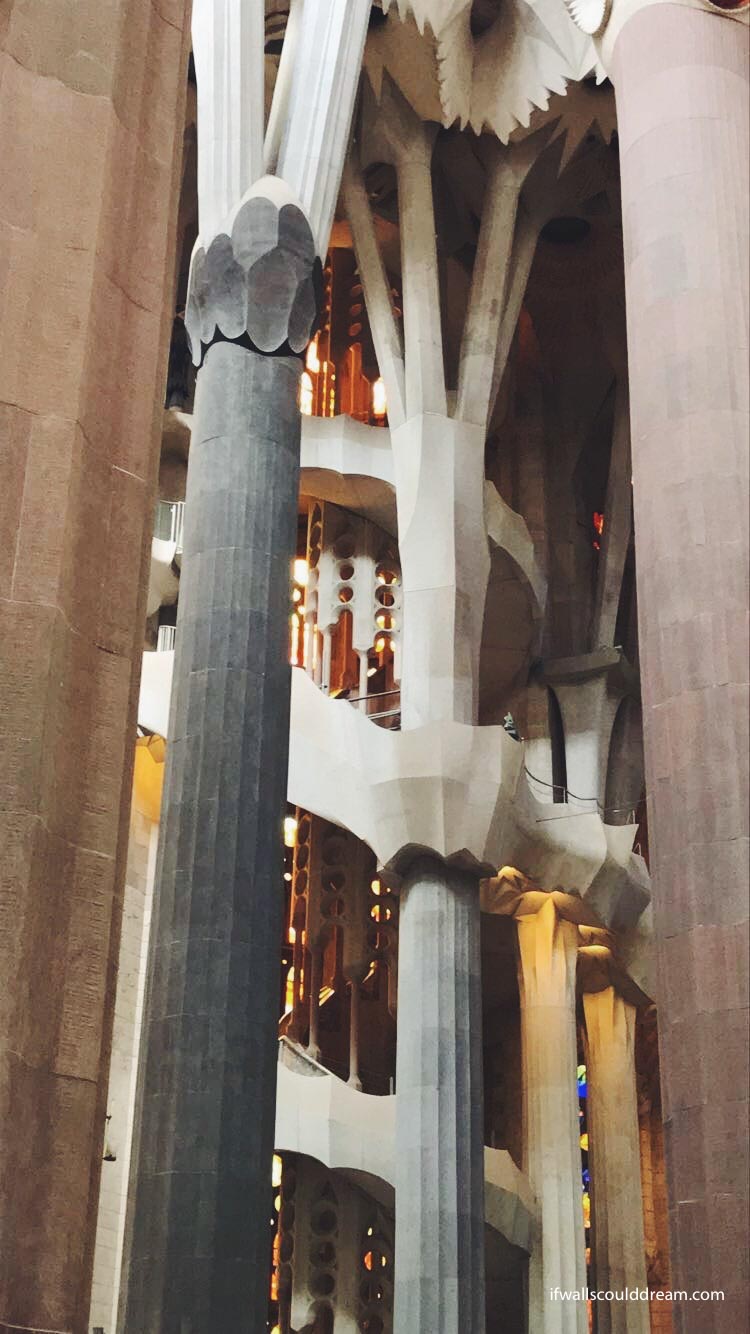
The lighting inside the church was incredible as well. My favorite part was how the stained glass reflected on the lighter surfaces of the ceiling and columns.
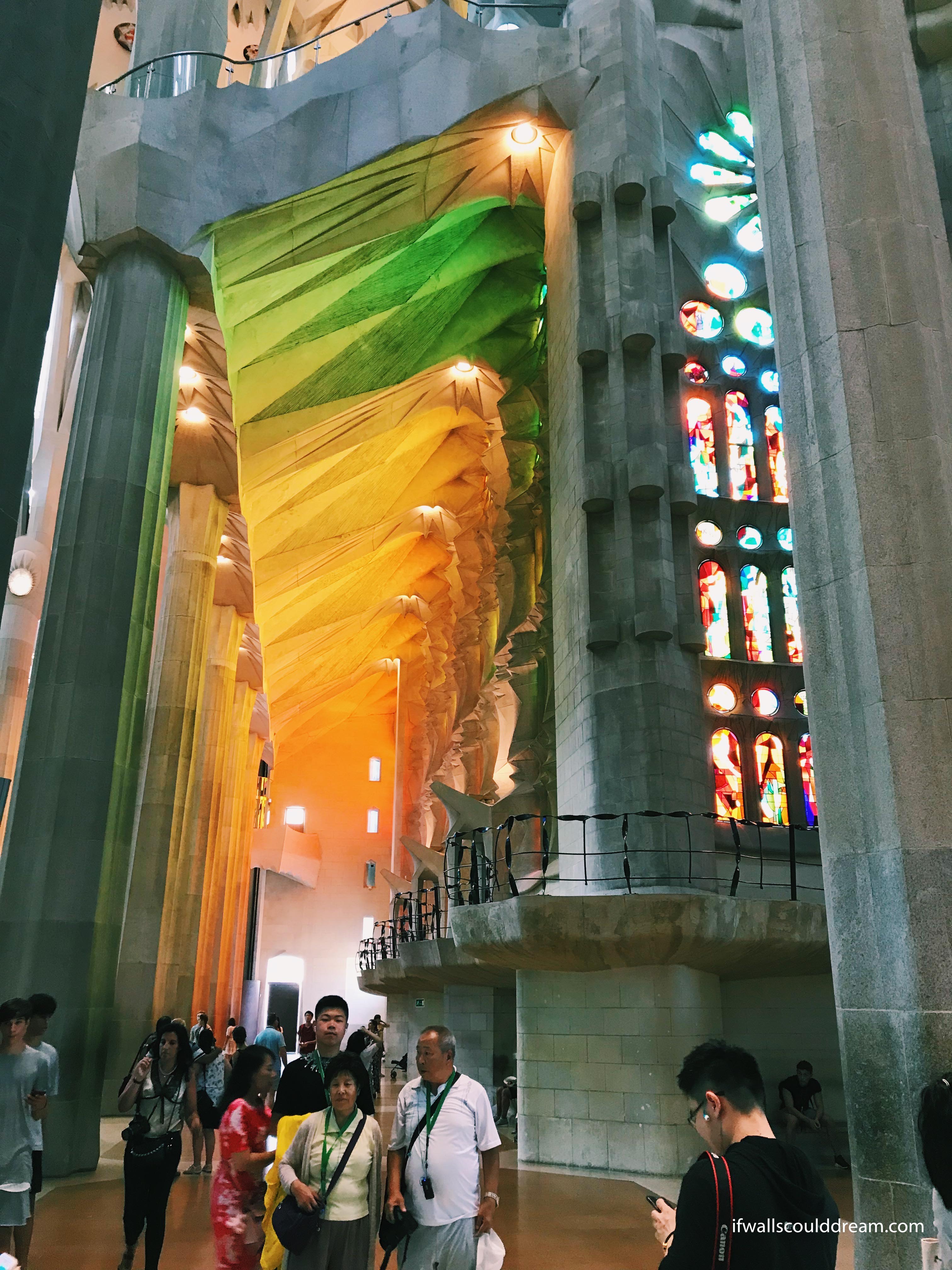
All in all, this was such an amazing church, from the stained glass to the ceiling design. And if you go there, be sure to check out the schoolhouse on the property. It has an undulating roof which is beautifully built. AND there’s air conditioning!! So on an especially hot summers day, it’s a great place to hang out and plan your next stop.
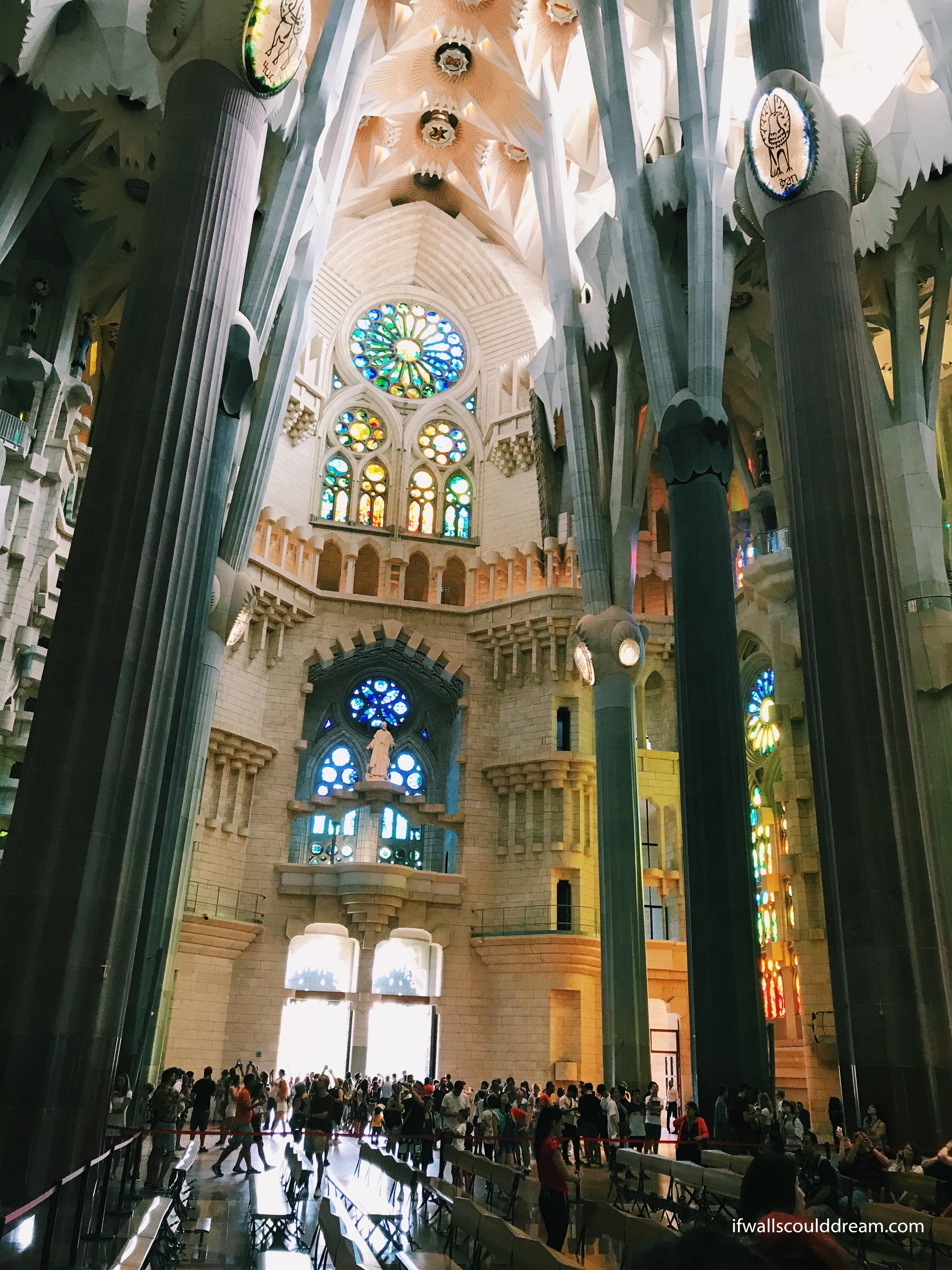
We rounded out our tour of Gaudi’s work by walking by Casa Milla and Batllo, and then going to Park Guell. If you’re only in Barcelona for two days, like we were, I’m not sure if I’d recommend Park Guell. It was kind of far away on the bus and, especially because of the construction right now, there isn’t that much to see.
That night, we went to the “Magic Fountain” which is a giant water fountain that does shows to music. While we were waiting for the show to start, we got caught in a downpour and got drenched!! From now on, I’ll always carry an umbrella!
Barcelona Pavilion
The next day, we went on a mission to find the Barcelona Pavilion and, funny enough, we had been right next to it at the Magic Fountain. It was so fun to see this building in real life after learning so much about it in architecture studio.
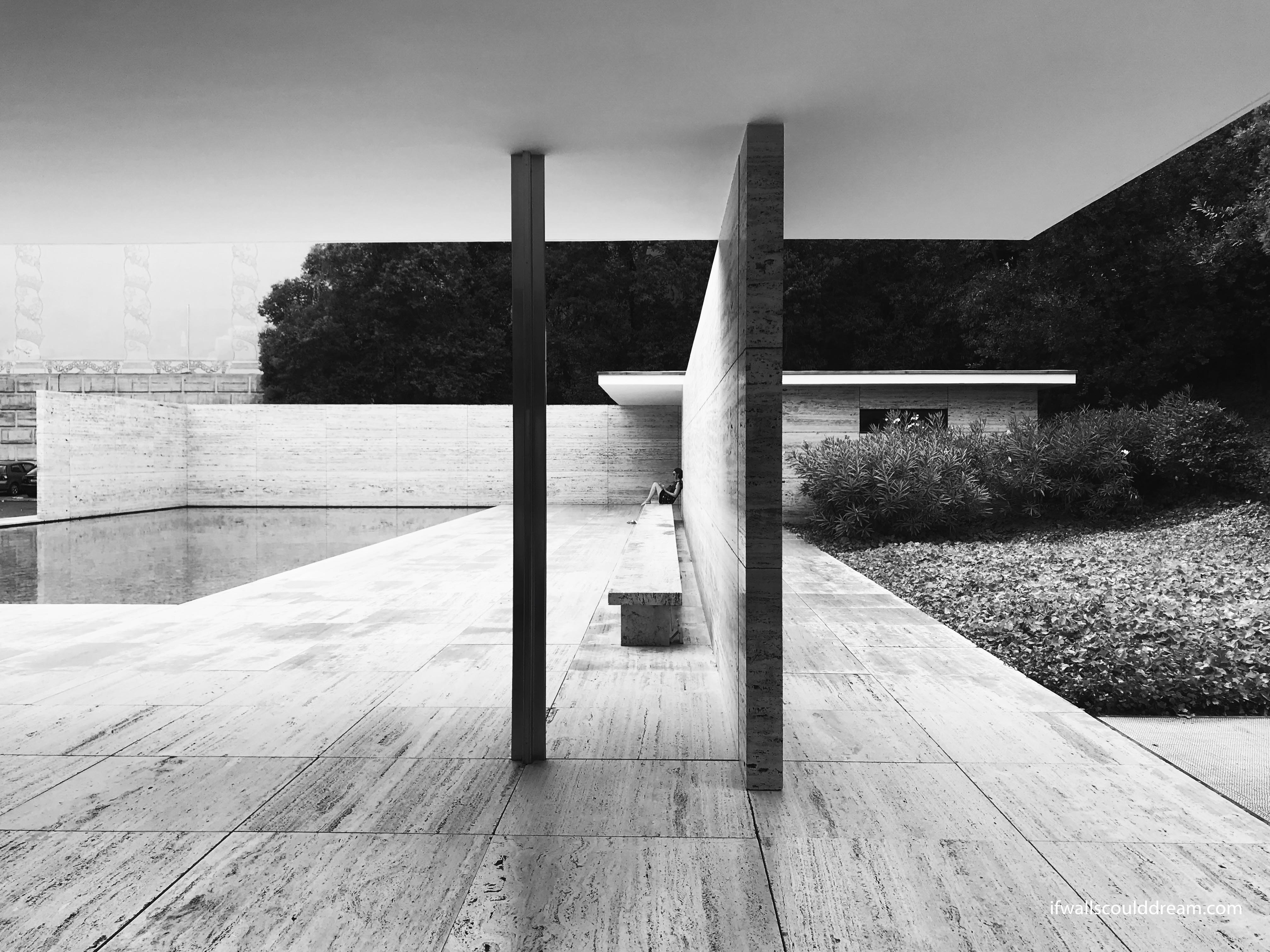
The simple form and extravagant materials were so beautiful. The house was populated by art and architecture students and their sketchbooks so we were right at home.
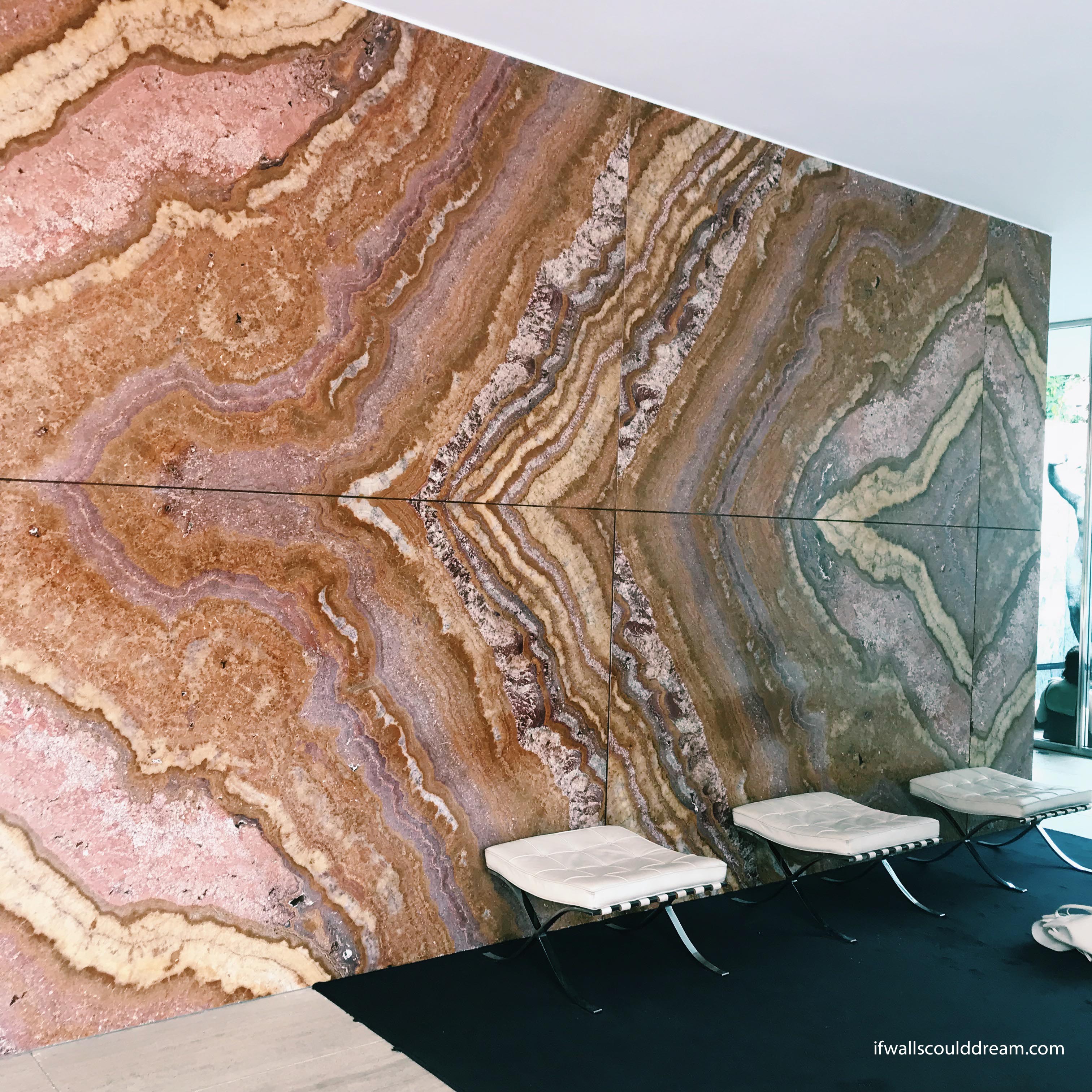
It was a perfect way to end our time in Barcelona and I wish we could’ve stayed in the city longer but I was really excited to visit Southern France next!
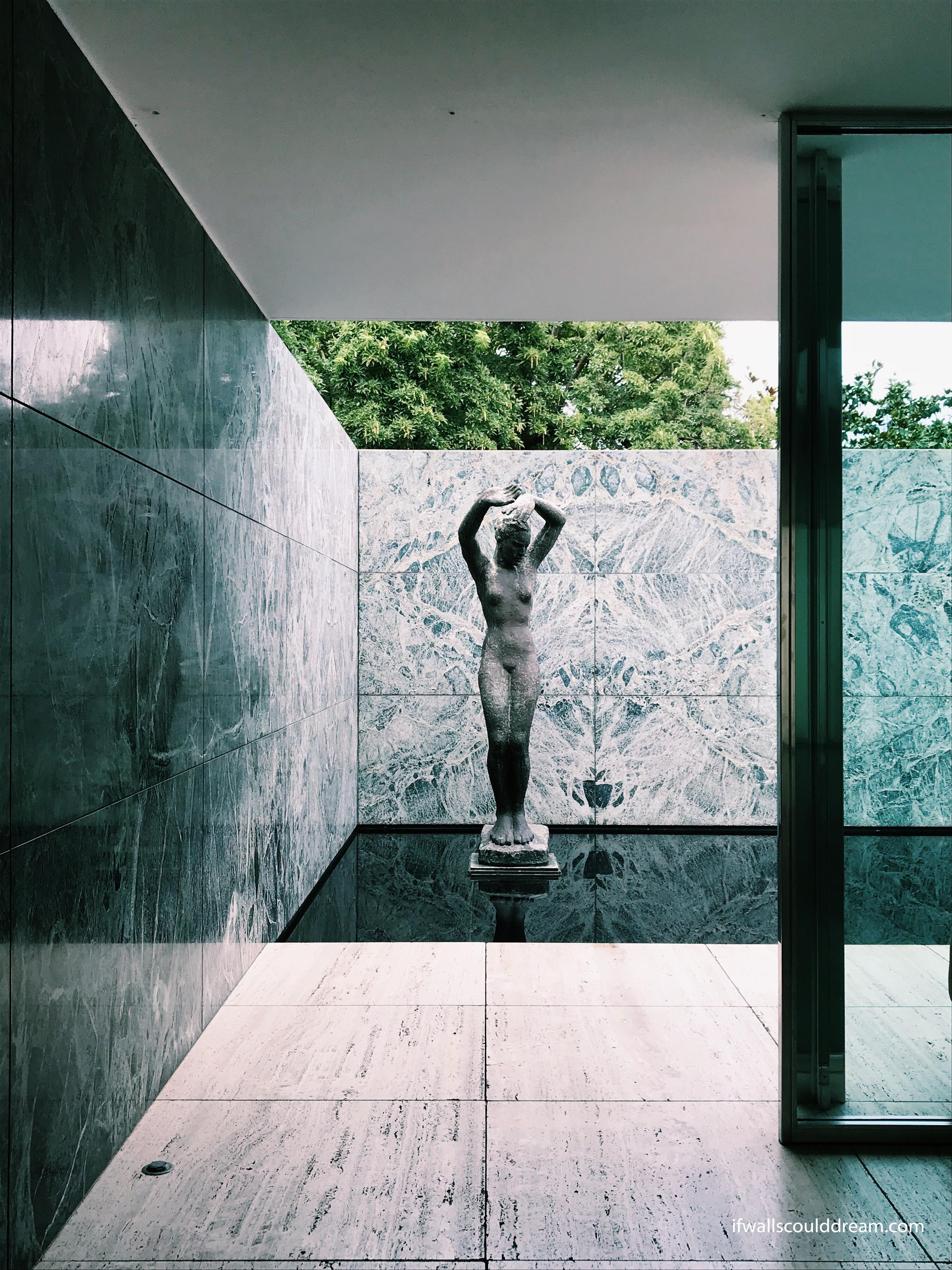
Picasso Museum
We also went to the Picasso Museum. It was in the Gothic Quarter which is a super cute, more historic neighborhood. The museum was free for students! Yay! And it was fun to see that Picasso did so many different styles of painting throughout his career. I would definitely recommend it, especially if you’re a student.
If walls could dream… they’d dream of staring at the ceiling of La Sagrada Familia all night!
Study Abroad Bucket List
Studying abroad this upcoming year, one of the things I am most excited about is seeing a bunch of famous buildings all around Europe. Here’s a countdown of the top five on my bucket list:
5. Mountain Dwelling by Bjarke Ingels, Denmark
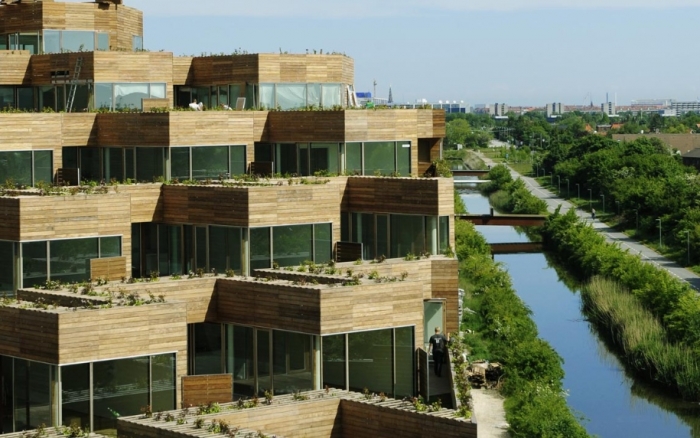
Image: http://www.solaripedia.com/13/333/the_mountain_employs_passive_design.html
This is a BIG one, but I can’t wait to see Mountain Dwelling and all of Bjarke Ingels’ other projects in Copenhagen. I’m sure I’ll learn all about it in my studio classes. Ingels and other Scandinavian architects are a large reason why I chose to study abroad in Denmark.
4. Seona Reid Building by Steven Holl, Scotland

Image: https://www.archdaily.com/483381/seona-reid-building-steven-holl-architects
In the beginning of my third year, I did a research project on this building and it has been on my bucket list ever since. I love the way Holl uses light in this and all of his projects. I am excited to see this building in person and I hear Glasgow is a great city as well.
3. Notre Dame du Haut by Le Corbusier, France
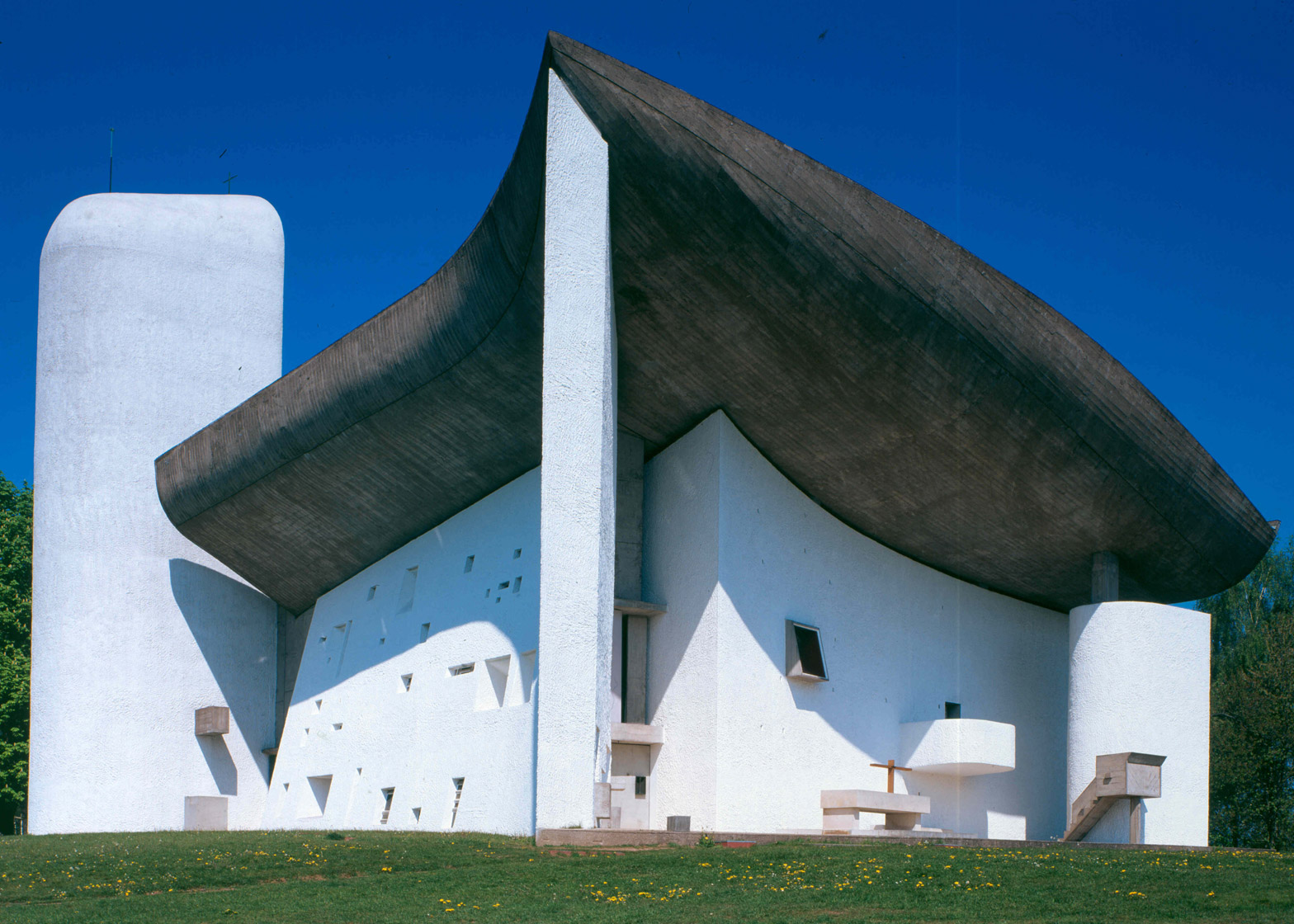
image: https://www.dezeen.com/2016/07/24/le-corbusier-notre-dame-du-haut-ronchamp-chapel-france-unesco-world-heritage-list/
Notre Dame du Haut has been on my bucket list for a long time. I remember in my high school French class, I did a report on Le Corbusier and I talked about his Notre Dame du Haut chapel. And while I’m there, I’m excited to check out Renzo Piano’s project there too!
2. Brion Cemetery by Carlo Scarpa, Italy

Image: http://www.cadememi.com/itineraries-veneto-what-to-do-villas-and-more/carlo-scarpa-noble-cement-at-the-brion-grave
The professor I had winter quarter of my first year loves Scarpa’s work and he told us a crazy story about his adventure trying to find the Brion Cemetery when he was visiting Italy. I hope I won’t get lost like he did although the odds are not in my favor seeing as I don’t speak Italian!
1. Therme Vals by Peter Zumthor, Switzerland

Image: www.7132therme.com
The top of my list is the Therme Vals by Peter Zumthor! This project seems so serene and the way Zumthor uses light in this project just can’t be contained in photos. I can’t wait to experience it for myself and explore the Swiss masterpiece.
And while we’re at it, add on the Bruder Klaus Chapel, Kunsthaus Bregenz, Saint Benedict Chapel, and anything else that Zumthor has touched because it’s all gold!
If walls could dream… they’d dream of visiting all the buildings on their bucket list!
I MET PETER ZUMTHOR
Some teenagers fangirl over celebrities or musicians. Me? I fangirl over architects.
Peter Zumthor, the Pritzker Prize winning architect of Saint Benedict Chapel, Kunsthaus Bregenz, Bruder Klaus Field Chapel, and Therme Vals, to name a few, has been one of my favorite architects for a while.
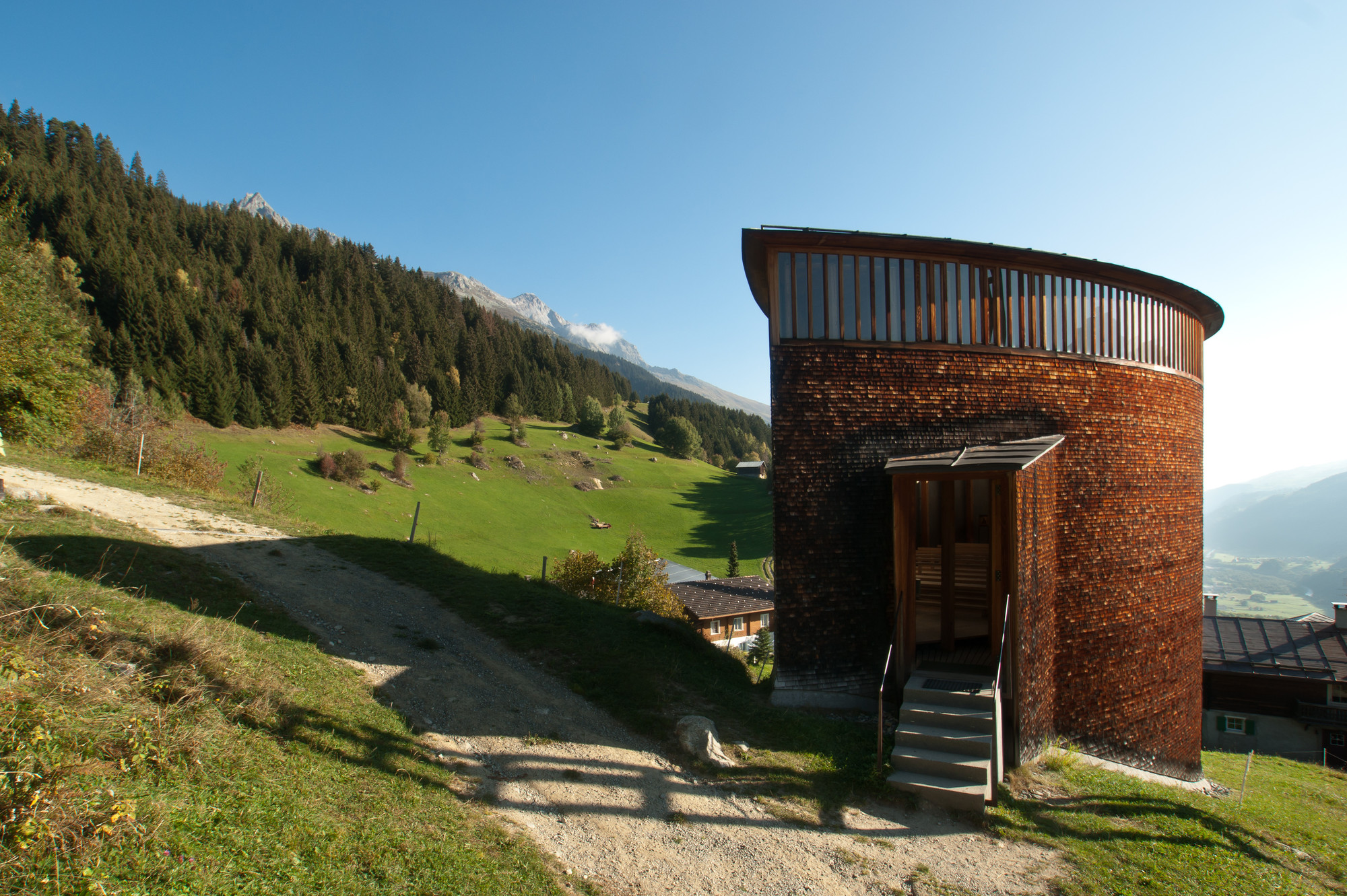
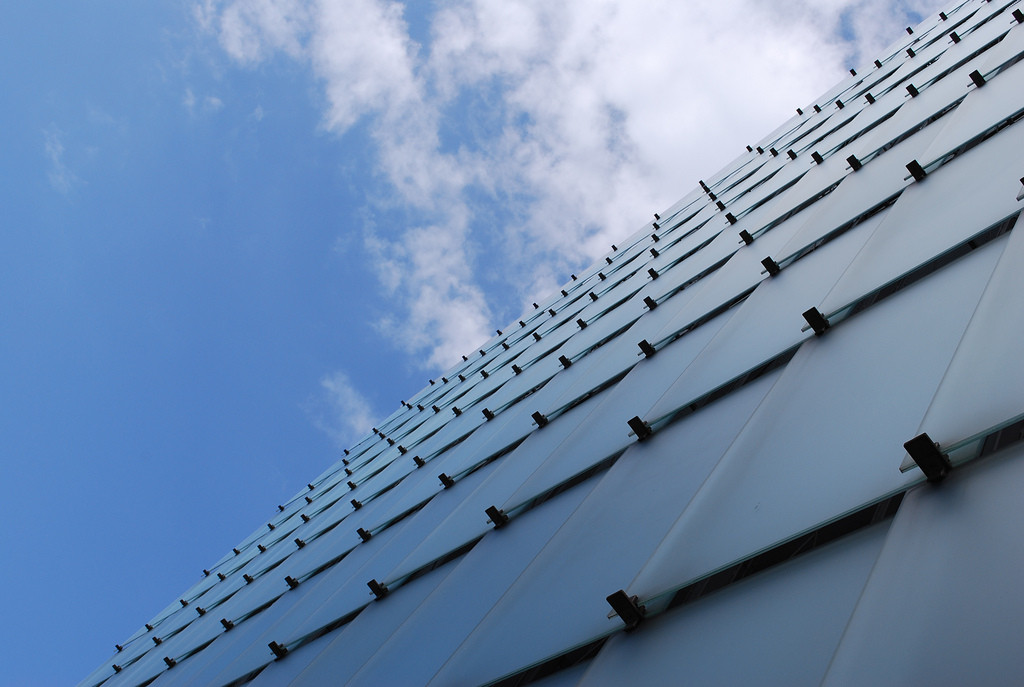
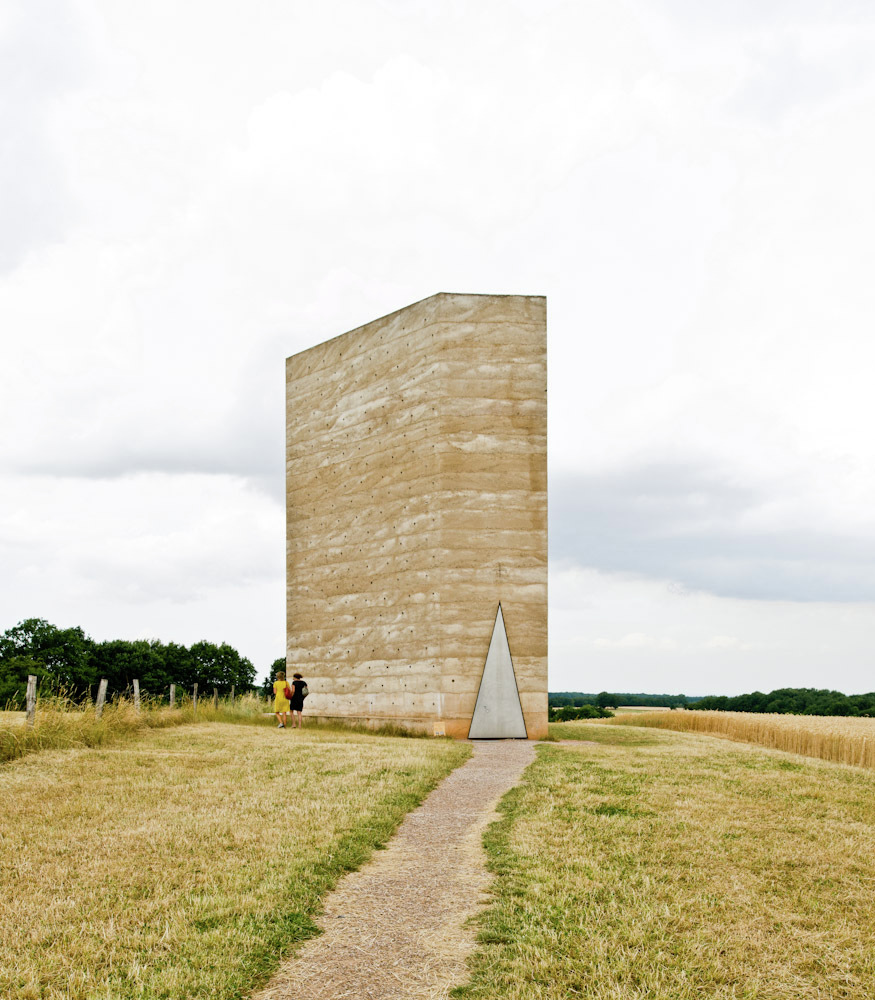
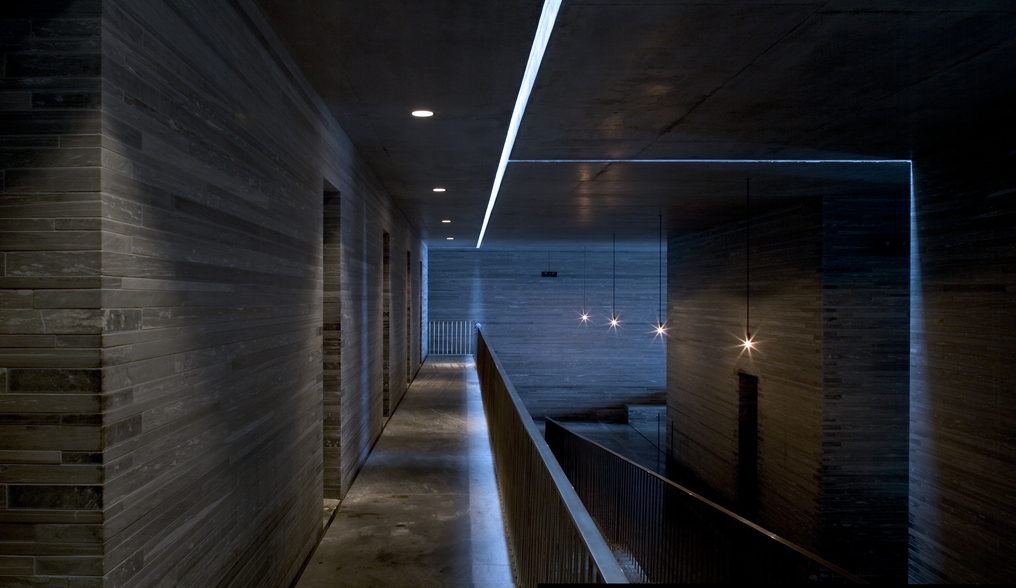
Photos above from ArchDaily.
I had the incredible opportunity to attend a lecture by Peter Zumthor at LACMA about his firm’s proposed addition to the art museum. It was fascinating to hear how his vision for the lighting and materiality really drove the design process. After the lecture, my friends and I got to meet him and get a picture with him! It was a dream come true!
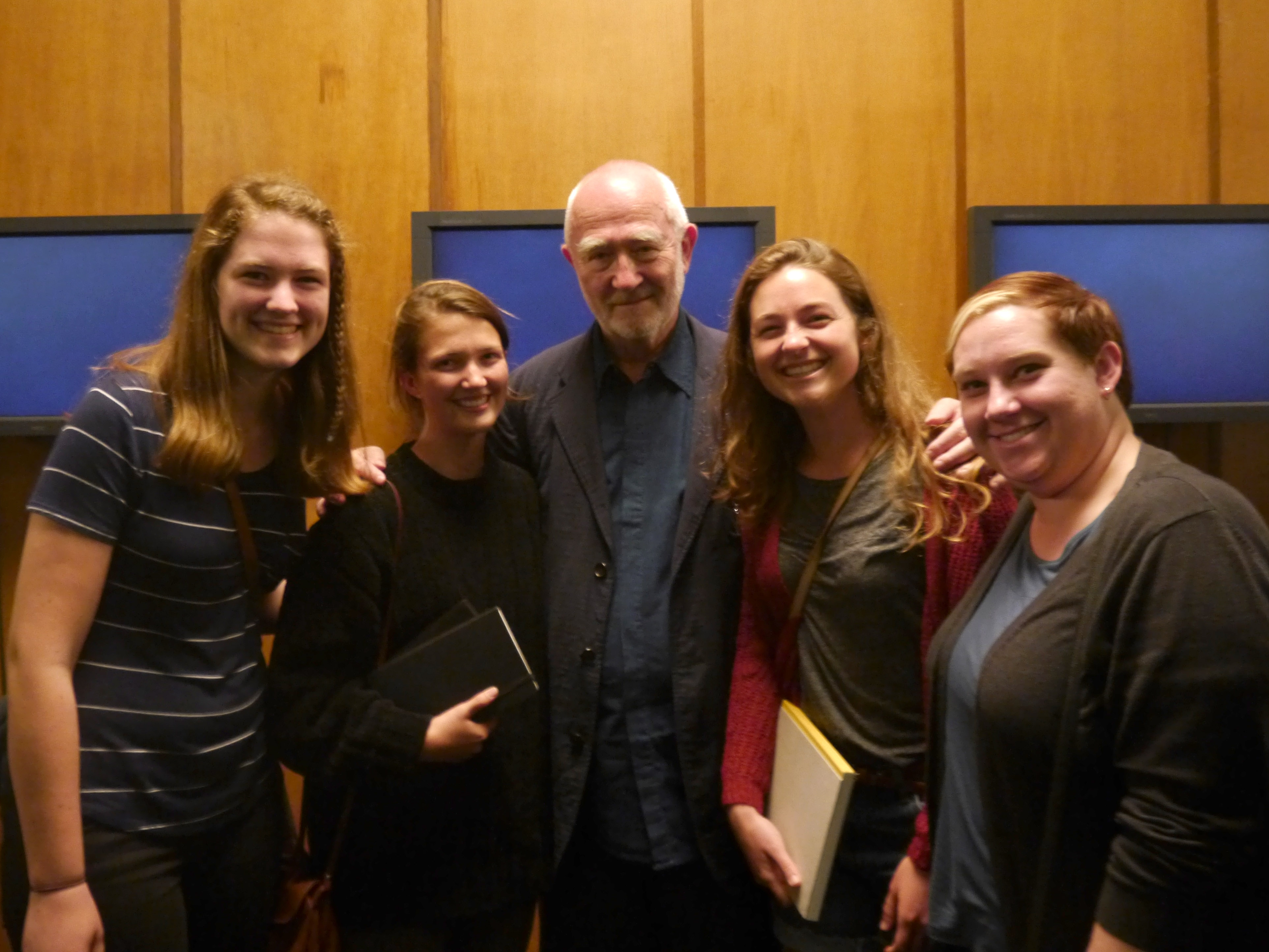
If walls could dream… they’d dream of meeting their favorite architects!
Seona Reid Building by Steven Holl
I did a research project on Steven Holl’s Glasgow School of Art Seona Reid building for school. I love how Holl uses light and watercolor to inspire his design and how it responds to the traditional buildings around it. I am excited to go visit the building when I am studying abroad.
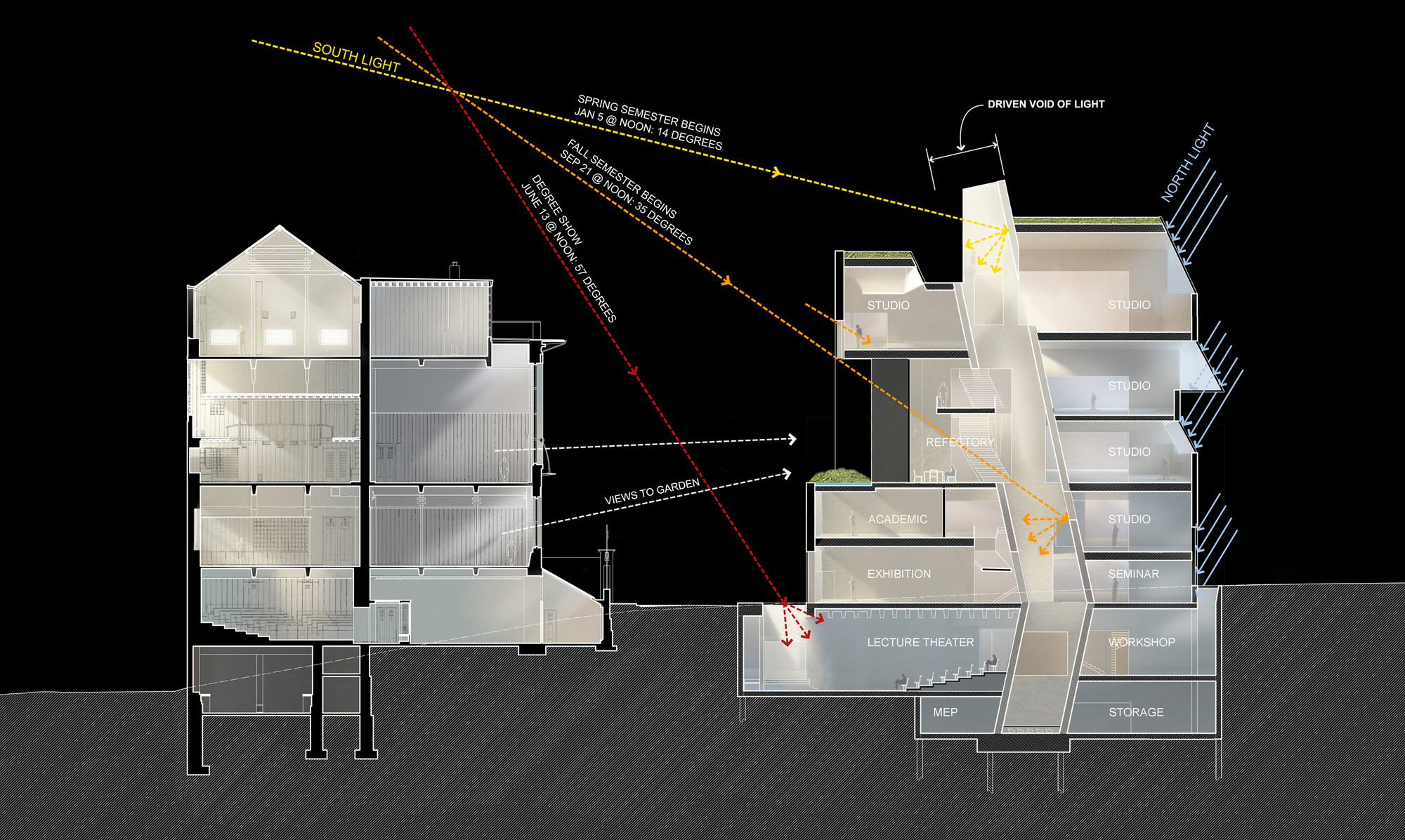
Image from ArchDaily
The most important thing about this building is its relationship with the Mackintosh building, a historic building also owned by the Glasgow School of Art, across the street. Holl was inspired by the Mackintosh, especially the way it brought light into the library. Sadly, the Mackintosh building has been severely damaged by two recent fires.
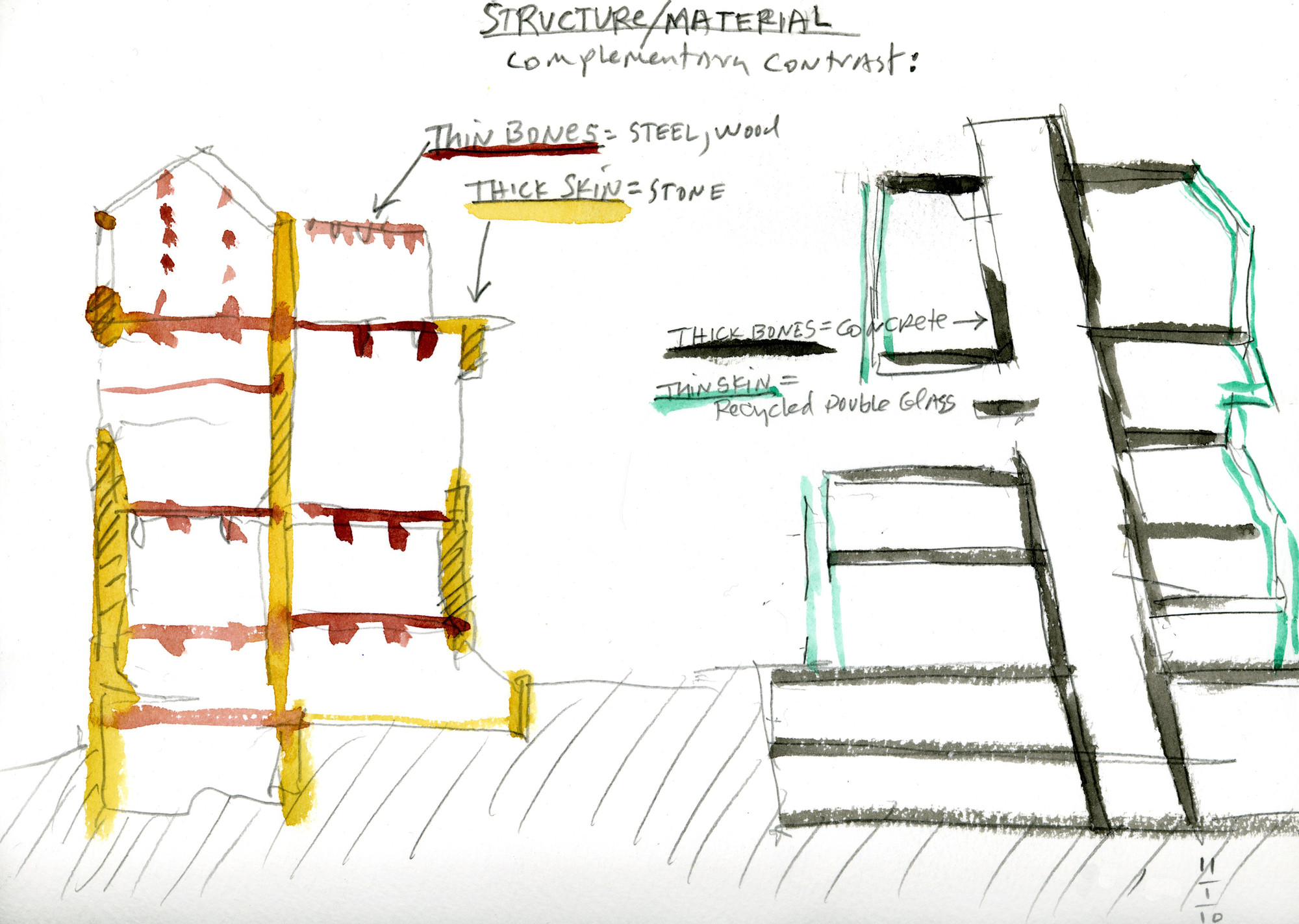
Watercolor by Steven Holl
The Mackintosh building has a thick, stone skin which doesn’t allow a lot of light in. Holl wanted to contrast that in his design, using a thick concrete core to hold up a thinner skin.
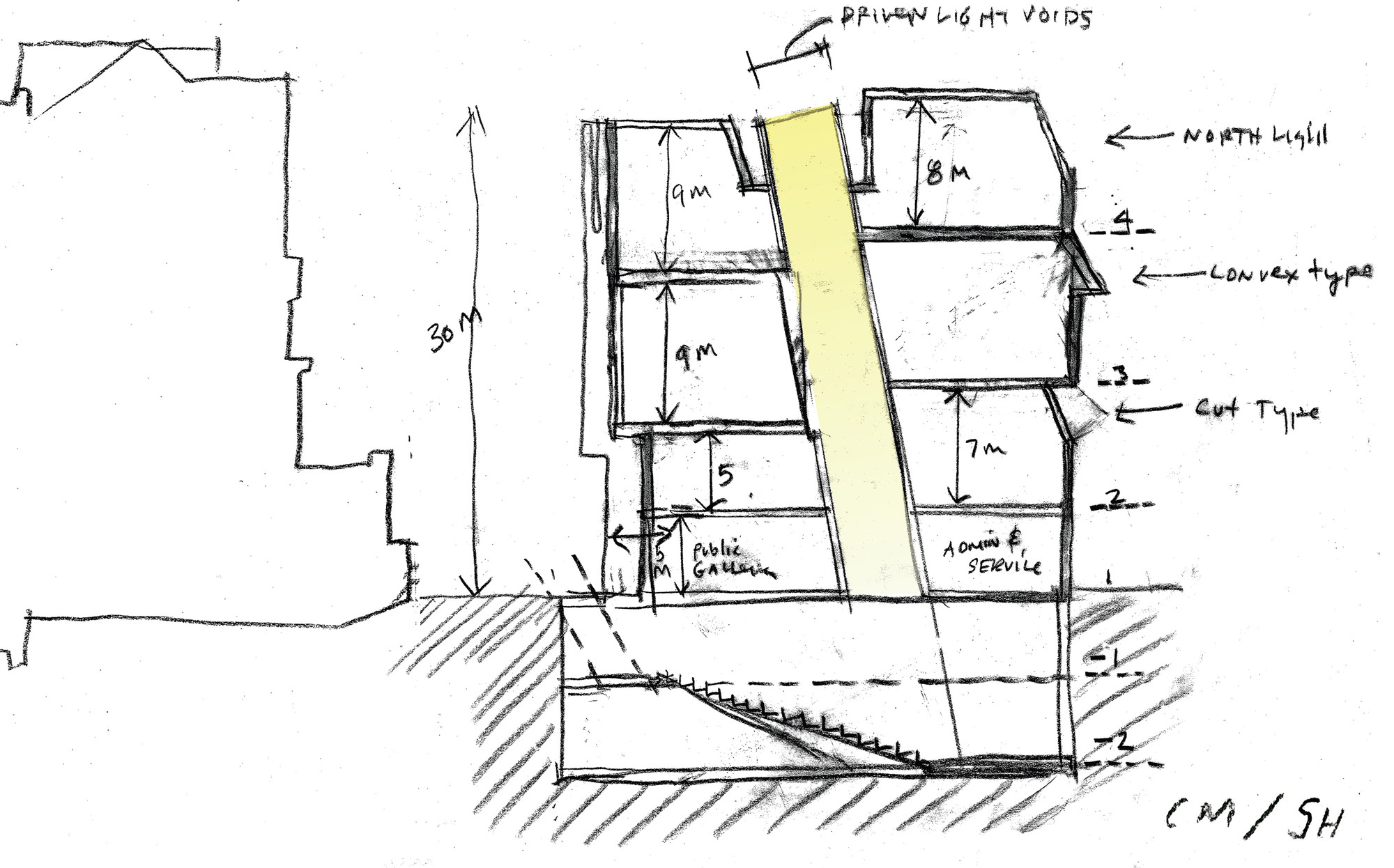
Watercolor by Steven Holl
In a later sketch, Holl is thinking about the different size spaces in his building as well as different light conditions.
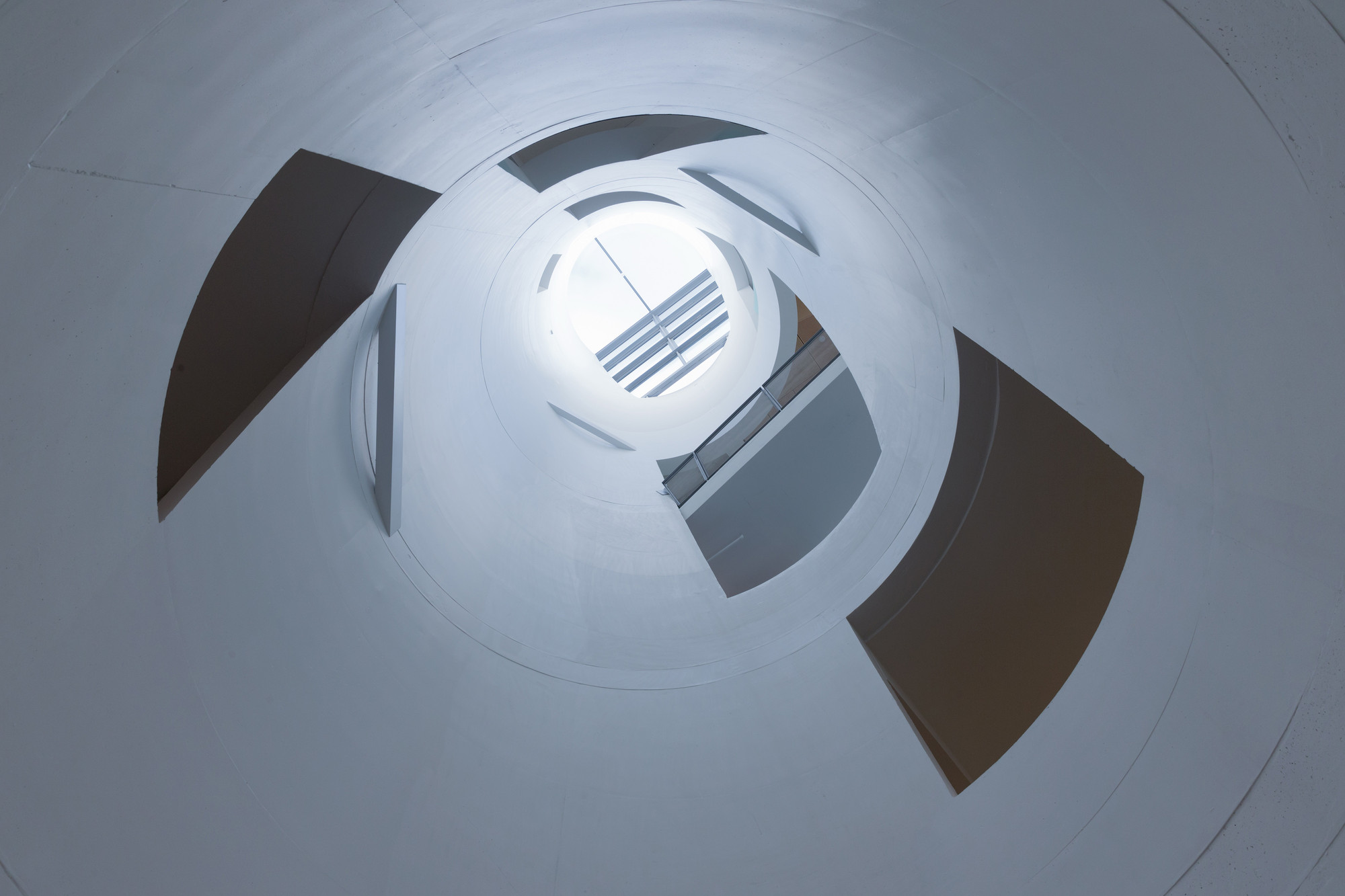
Image from ArchDaily
You can see in both sections above that Holl’s building has a large light tube or “driven void” as Holl likes to call it, which brings light all the way down to the basement. There are three along the length of the building. Various programs intersect the voids including studio spaces and circulation. This helps bring life to the voids and allows students to see what other students are up to.
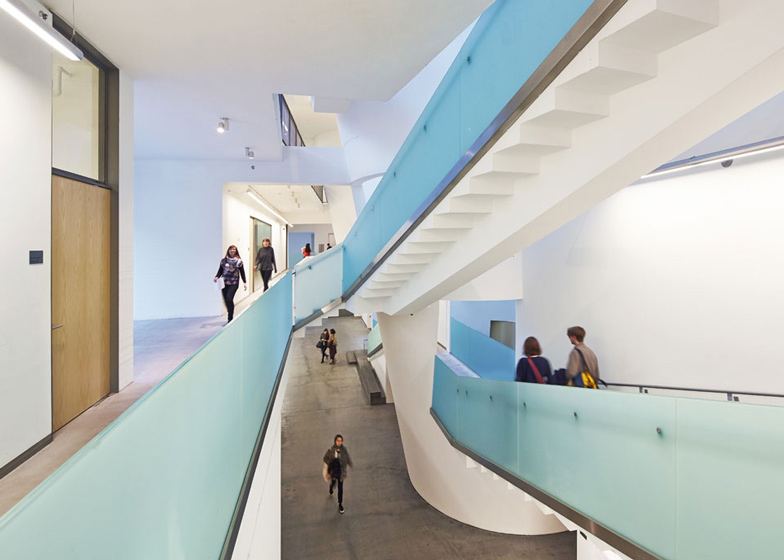
Image from Dezeen
The center of the building is very open, allowing students to see friends passing by.
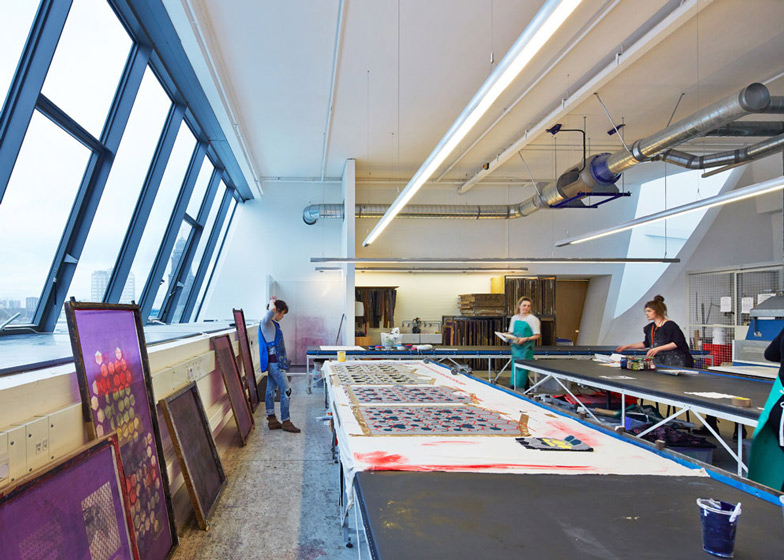
Image from Dezeen
The studios all have wonderful natural light and generous ceiling heights for the art students.
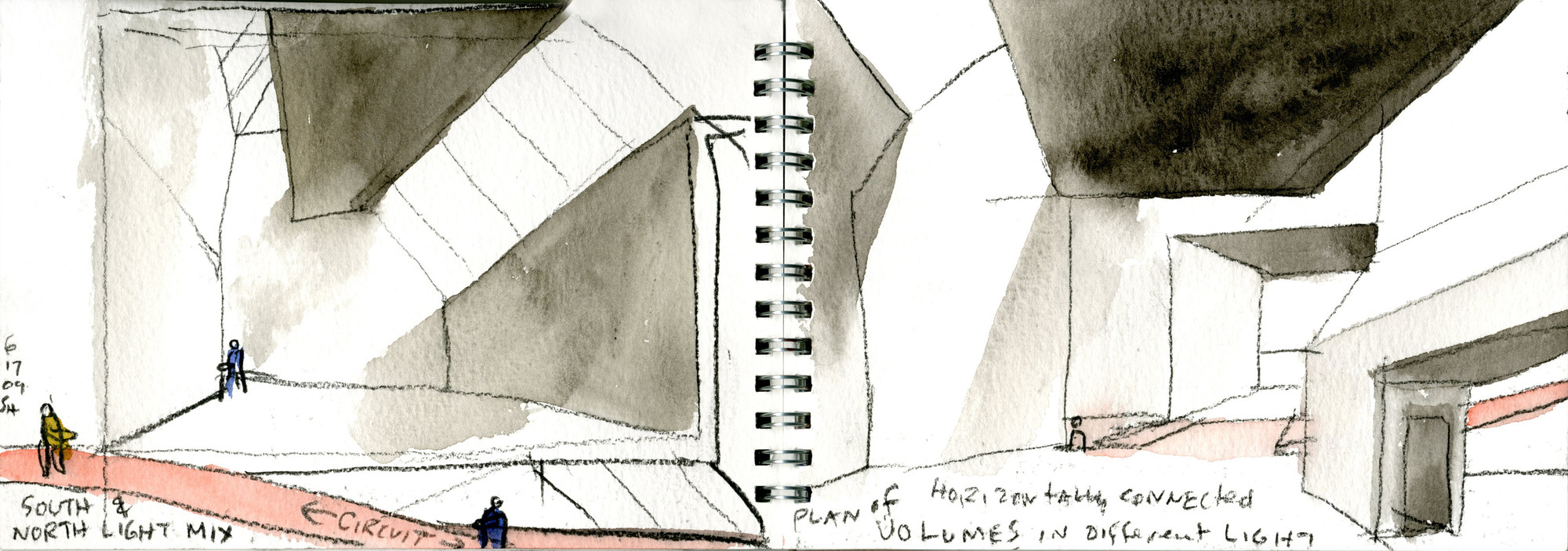
Watercolor by Steven Holl
Like all of his project, Holl created beautiful watercolor sketches about his concepts. Watercolor is the perfect medium for Holl to express his ideas about the quality of light in his spaces.
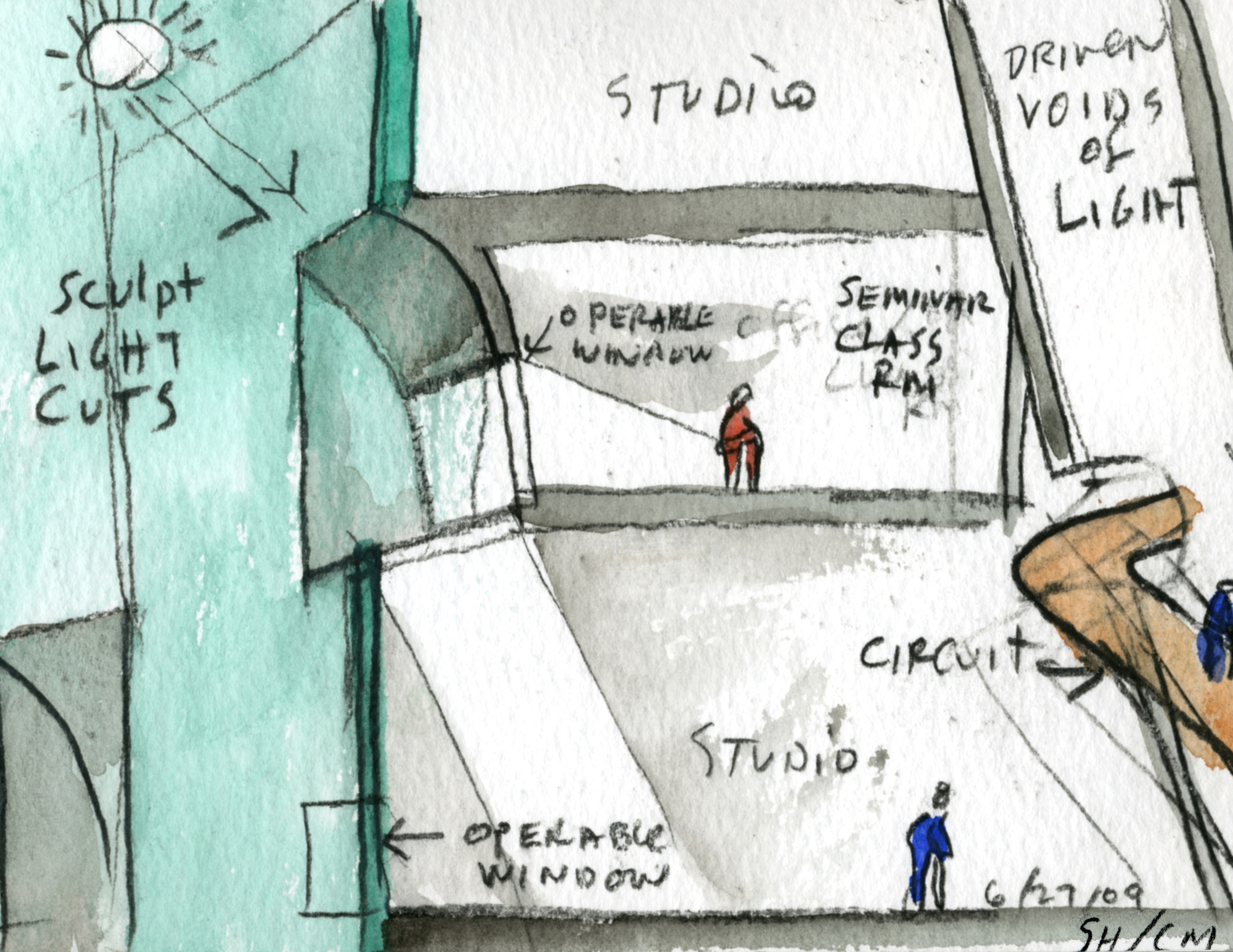
Watercolor by Steven Holl
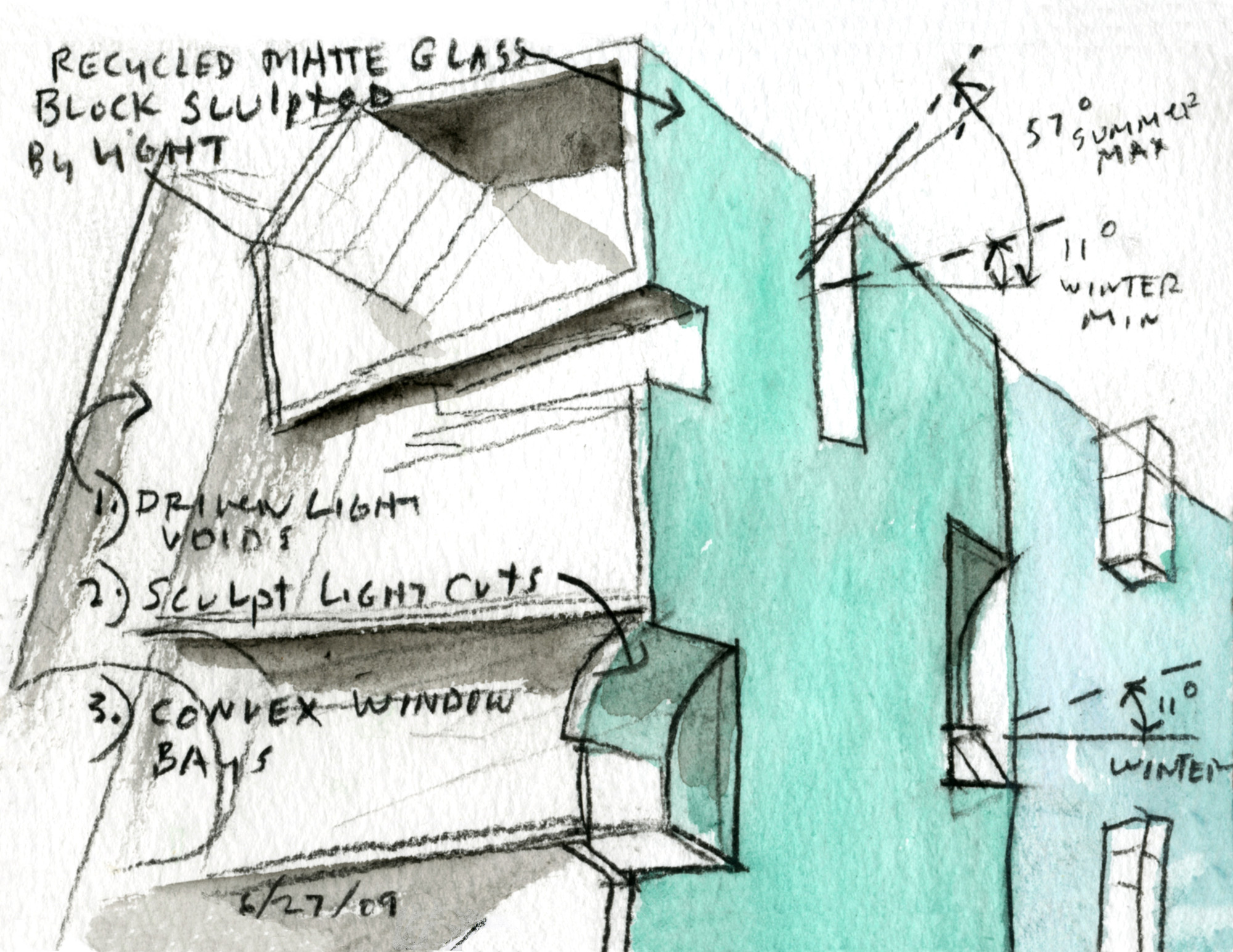
Watercolor by Steven Holl
After being sufficiently inspired by Steven Holl’s watercolors, my partner and I set out to make some diagrams of what we had learned about this building.
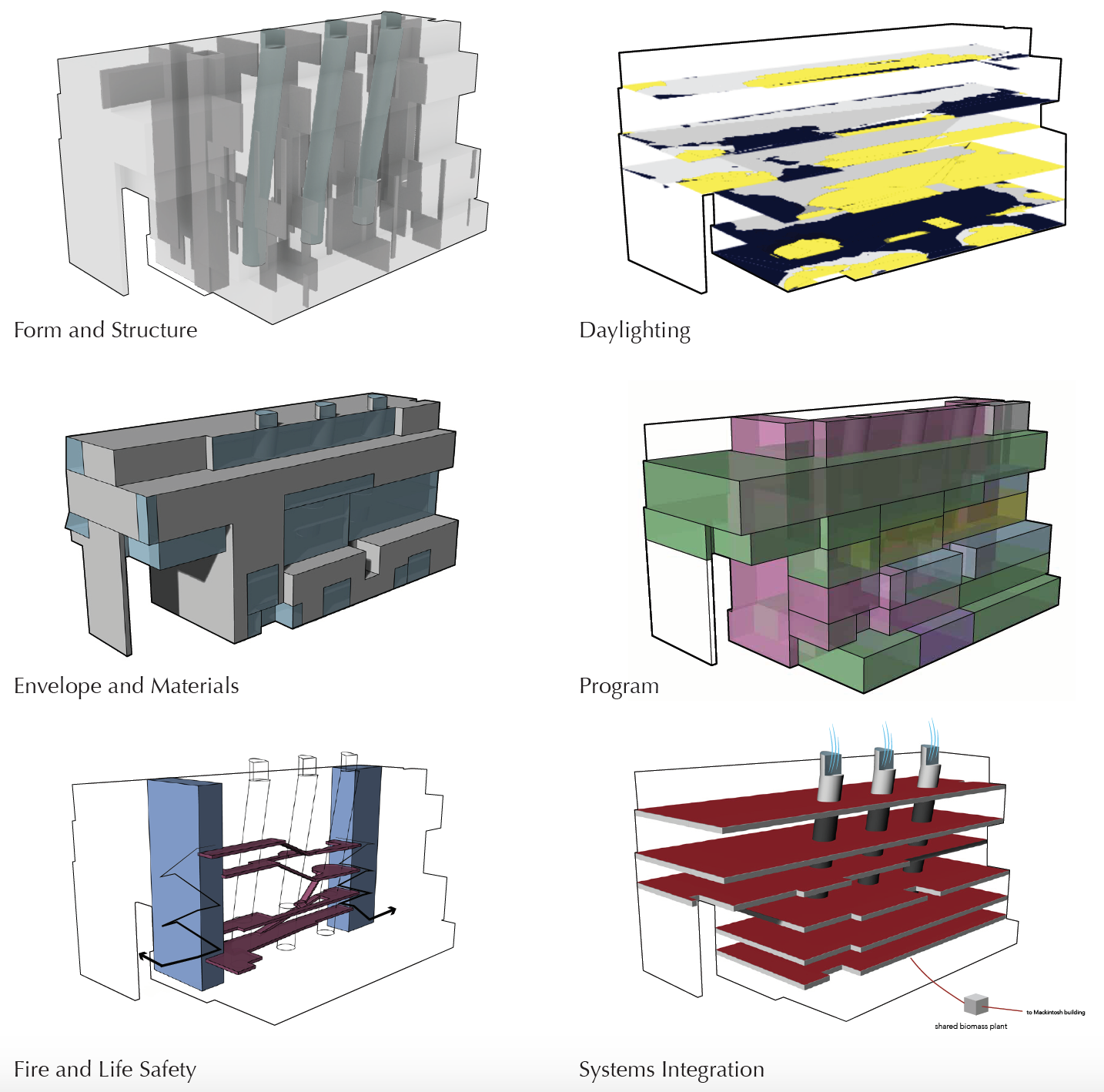
Diagrams of the Glasgow School of Art Seona Reid Building by Steven Holl
After researching the building, my partner and I created these diagrams to understand the systems in the building and their relationships to one another.
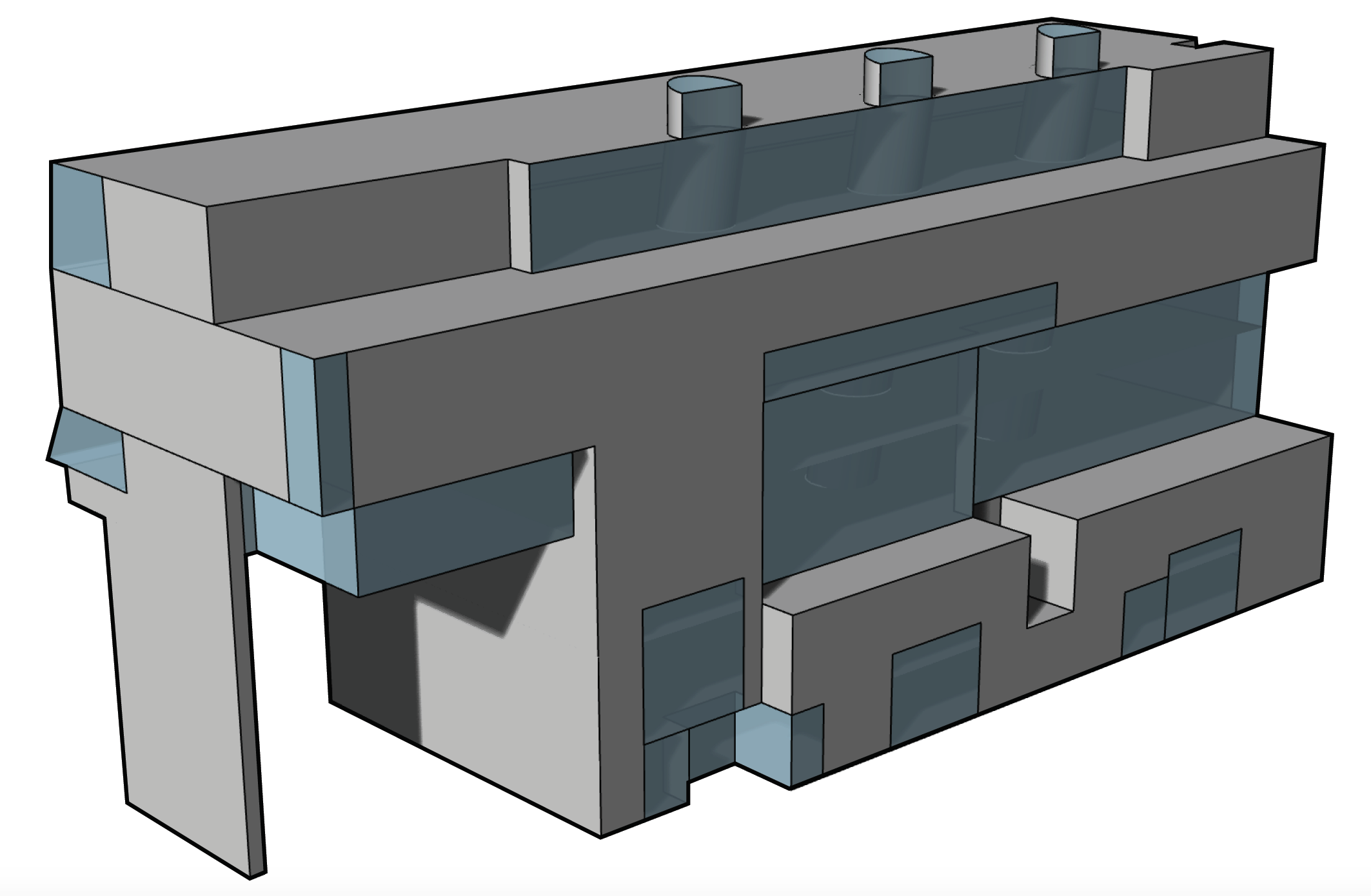
Mass/Glass diagram
During the day, the exterior of the building looks a uniform blue, almost the color of the overcast sky in Glasgow. However, at night the windows inside light up, exposing the mass/glass relationship. The fenestration is extremely thoughtful, some windows are for views of the Mackintosh, others for distinct lighting qualities.
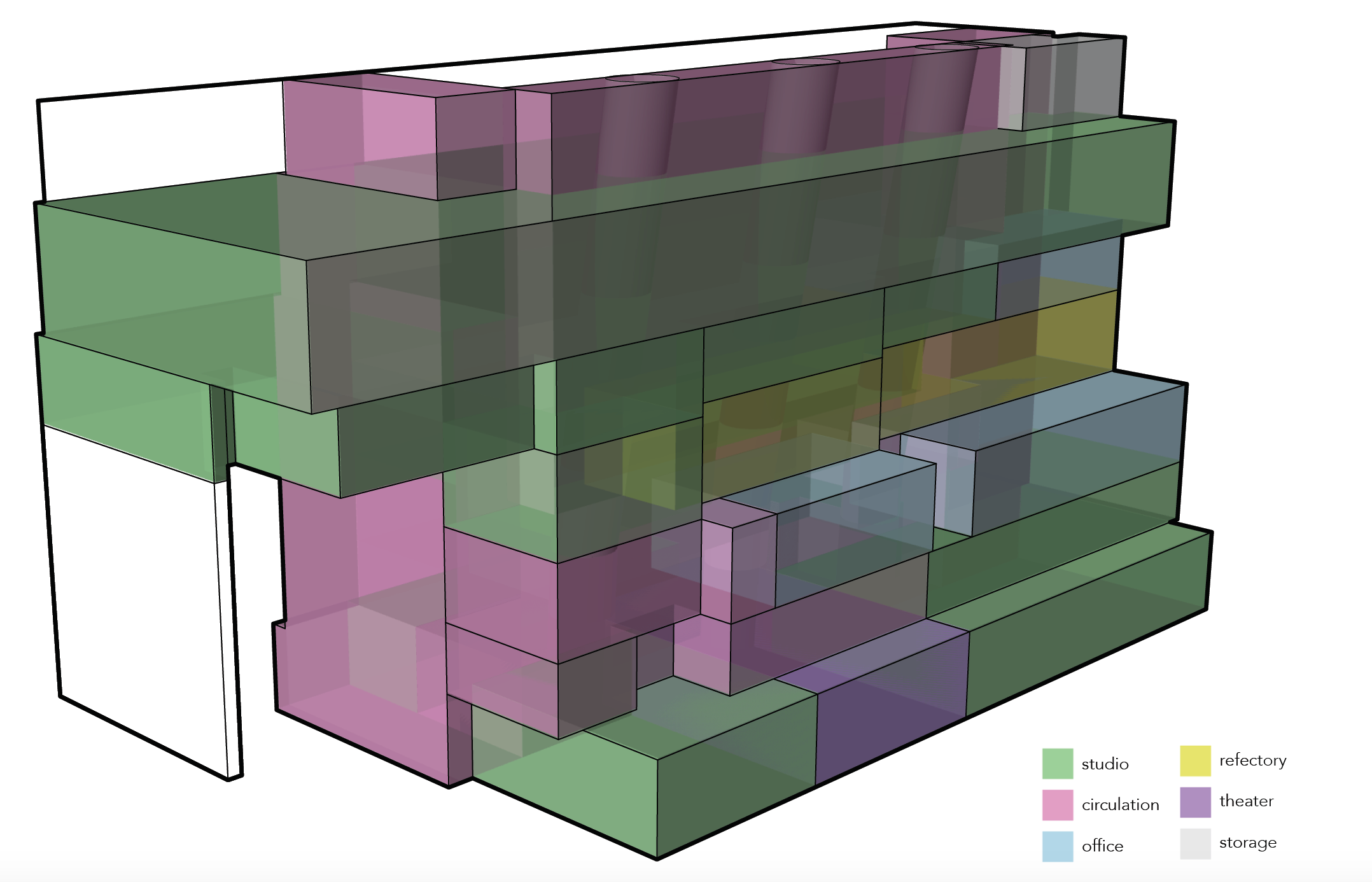
Program Diagram
The building is used primarily for studio space for the Glasgow School of Art. It also has a theater in the basement and some office spaces. The refectory on the third floor looks out at the Mackintosh building.
For more information about the Seona Reid building, check out the ArchDaily and Dezeen pages about it as well as this interview with Steven Holl Architects.
If walls could dream… they’d dream of Steven Holl’s beautiful watercolors.
Middelboe House by Jorn Utzon
For a nice change of pace after Design Village, our next project this quarter was a research project about a house. I was assigned the Middelboe House by Jorn Utzon. Having dreamt about researching something famous like the Fisher House or the Robie House, I was a little disappointed at first by this obscure Nordic home.
The circulation through the house is all focused through the central stairwell and then up into the living spaces. This was my favorite diagram to make and I’m really proud of the way it turned out.
Finally, I made a collage diagram of what it would be like to be inside my house (see Mies’ collages for inspiration). I used the Rhino model I had made to get the linework for the interior perspective and then added the landscape through the windows. I chose to leave the interior white to focus on the view and the shapes that the structure makes with the windows – even though they are all rectangular openings, the perspective and the added beams create dynamic trapezoids.
All in all, this project was a good change of pace and a good way to connect the dots between a very abstract yet personal experience of a dwelling with Design Village and the more conventional yet still architecturally advanced ideas of what a house is to famous architects.
If walls could dream… they’d dream of being in a famous architect’s masterpiece.
Architecture Around Europe
After traveling around Europe this summer with my family and being inspired by all of the amazing buildings there!
